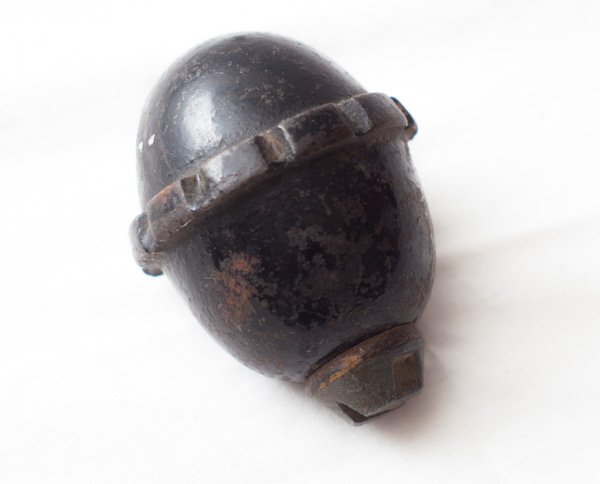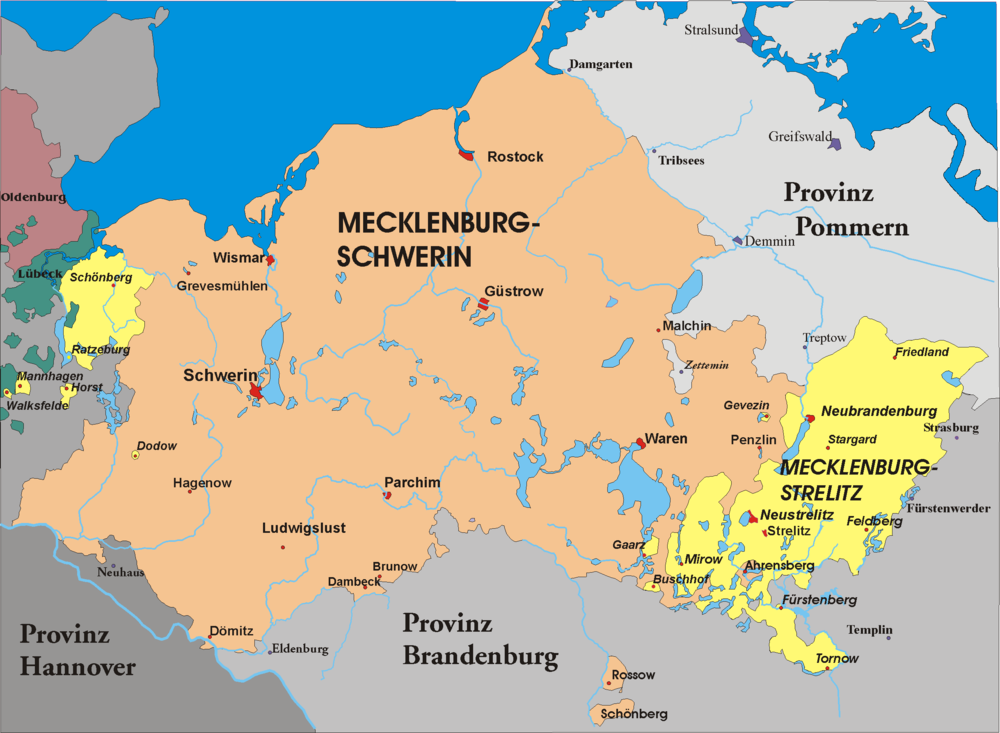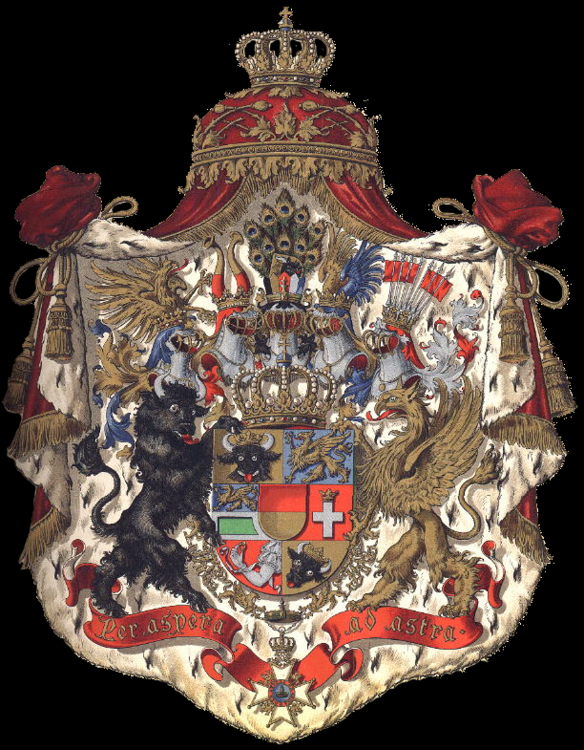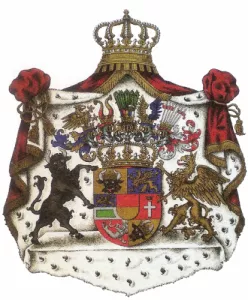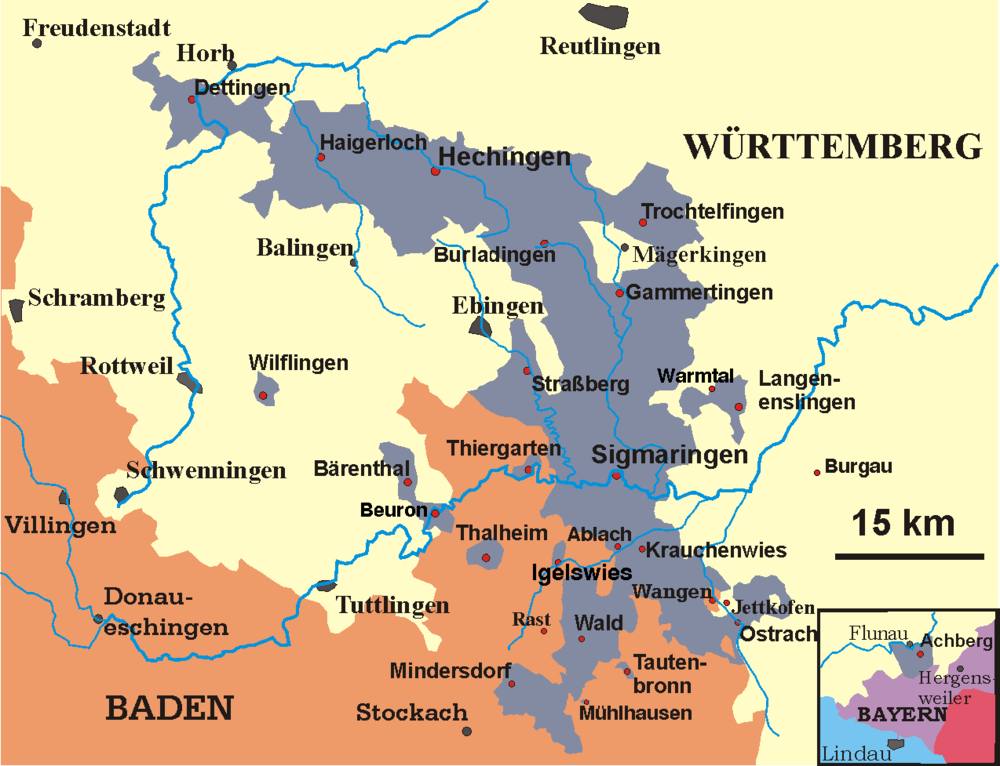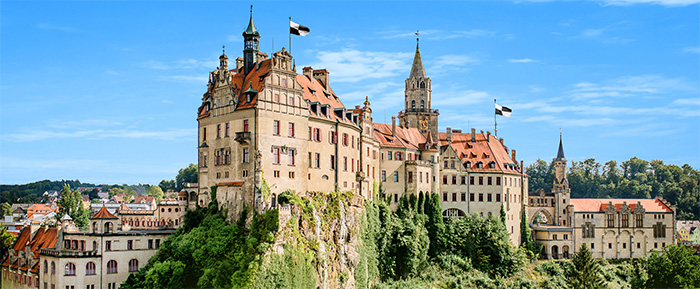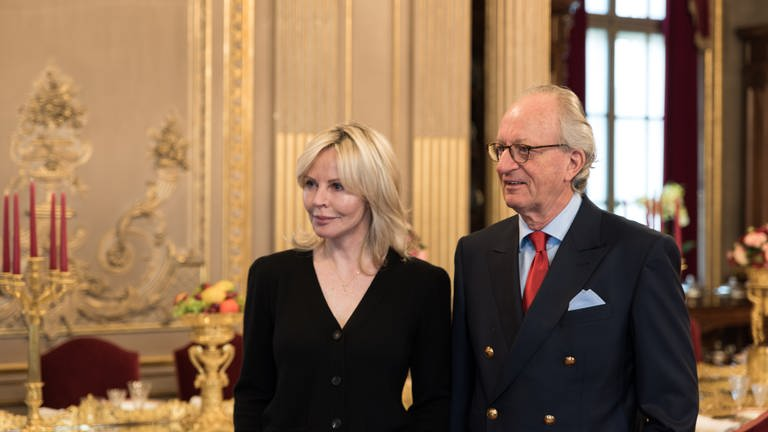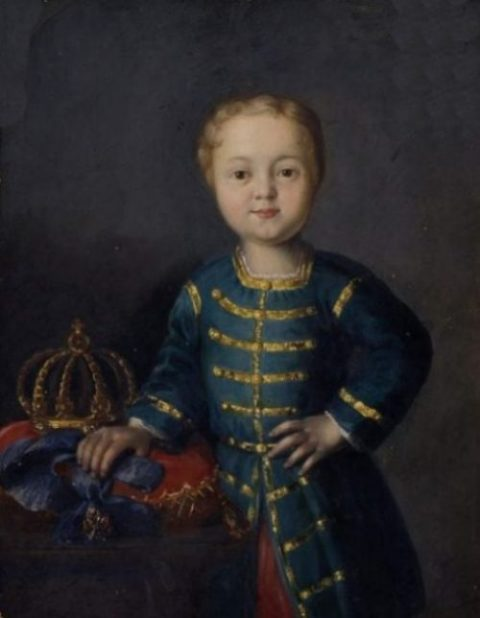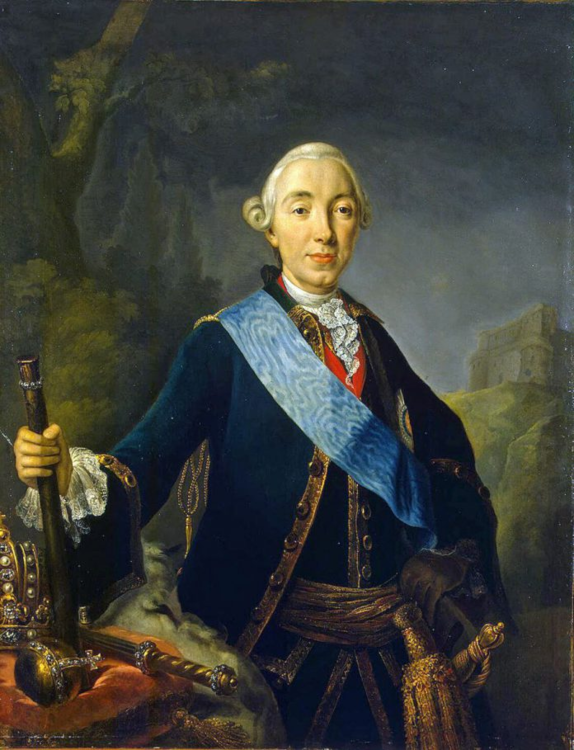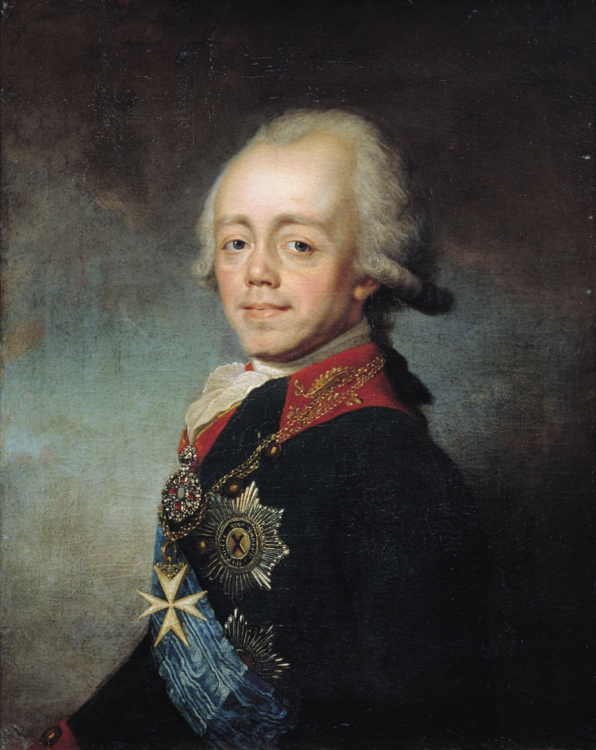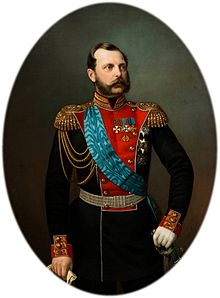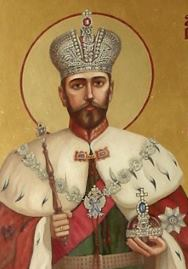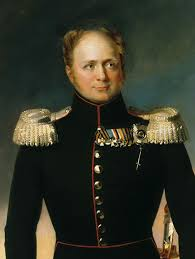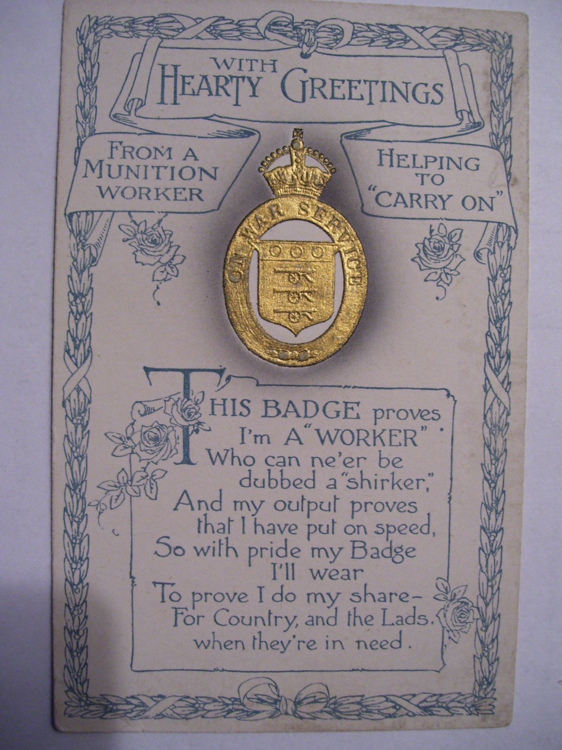Leaderboard
Popular Content
Showing content with the highest reputation on 29/03/20 in all areas
-
Hello all Can anyone tell me the age of this or if it's British or US? I've had a read of the thread on identification (really good by the way) but i think the numbers may be too worn for my eyes . (Think it says 201 with maybe a H above it.) Plus has anyone ever seen the painted numbers inside before? If so what can they tell us about this?3 points
-
Welcome Swampygibbo, I've copied and enhanced your image and blown it up but still can't make out the letter above the heat number, Looking at the stamp mark style it could be a HV stamp mark which would be W.Hutton & Sons Manufacture/Vickers Steel Supplier, You could try rubbing some talc/baby powder over the marks or lightly rubbing with wet and dry sandpaper or fine wire wool to enhance the marks.3 points
-
Generally, NSDAP, civil and political organisations wore the armband on the left cuff, army and Luftwaffe, on the right cuff.3 points
-
Thanks Kenny Andrew, Leon21 and phantom ! Kenny, Yes, good observation, we see these cut down for various reasons, the most common is that they were hand sewn on usually by the recipient and would have been worn on the left sleeve. They are also seen on 'Greatcoats' whether or not regulation which in my opinion would have a larger circumference than that of the tunic so, the length does vary on some, usually it is at a bout 41mm or so. I have also noticed the Emsland award document ( there were a few different types ) have the cuff title cut down and placed with the document or group photographs.. There are period pics that the cuff title is seen on the wrong sleeve too.. Not regulation and most likely a Arbeitsmann mistake..3 points
-
Hello swampygibbo, Welcome to the forum. First of all, the helmet is a British make, not a US one. The easiest way to tell is look how the bales that held the chinstrap. The British types used a split pin as shown in your photo. The US types used a rivet (see image below). I can see a heat stamp on the out rim, this is on the underside. Can you provide some close ups? If we can read this stamp, it's possible we can tell you more information.2 points
-
Very nice Gwar, could you let the members know a little history about the the Emsland cuff title and it's award criteria.2 points
-
Welcome to the forum Swampygibbo, Leon and Gildwilder are the British and US Brodie helmet specialists, I'm sure they will be able to help.2 points
-
2 points
-
2 points
-
When the sidecar was not in motion, the fire would have been as accurate as otherwise.2 points
-
I wonder how accurate the fire was from the side car? Most likely just used for suppression firing.2 points
-
Here's another British made helmet stamped HBH = Harrison Bros & Howson of Sheffield with Heat/Batch code ZT and dated II/1938, Liner stamped Helmets Ltd of Wheathampstead and dated I/1937. Has the NFS logo and Western Region No 1 on front also the red band of a Leading Fireman. Photo's from other sources.2 points
-
2 points
-
Here's another helmet that could be passed of as British, this is the 1949 Belgium model copied from the British MII Brodie, made for the Belgium Army from 1949 - 1952, it has no marking on the helmet shell but the liner is stamped with all the information you need. Stamped ABL = Armee Belge/Belgissche Leger ( Belgium Army issue ). 1949 = The Model. XB = The Manufacturer Xavier Buisset Vilvoorde. 1950 = The year of production. Photo's from other sources.2 points
-
Very nice Gwar, most of these I see are cut down for some reason, good to see one which still has the maker mark.2 points
-
2 points
-
Order instituted in December 1841 by Fürst Constantin. The 3rd class in April 1844. Hohenzollern-Sigmaringen is the Schwäbisch-Catholische Linie of the House of Hohenzollern. Hausorden von Hohenzollern Ehrenkreuz III. Klasse, silver and enamels, presumably by Schneider in Wien The original ribbon mounted Austrian style Etui with maker's mark, Schneider, Wien, silk lining with age damage. Etui of wood, brown leather, purple velvet and silk, lid with gold embossed H.E.K. III.Cl.1 point
-
Rittmeister Carl Friedrich Erich Graf von Holck Artillerie-Flieger-Abteilung 203 * 5. Februar 1886 in Monterrey/Mexiko +30. April 1916 Verdun Diplomatensohn Erich Graf von Holck wechselte 1915 vom Dragoner-Regiment Nr. 9 zur Fliegertruppe. Der bekannte Springreiter gewann als Leutnant des 3. Garde-Ulanen-Regiment den Kaiser-Preis 1909 und 1910 auf der Rennbahn Berlin-Karlshorst. August 1915 flog er mit Manfred Freiherr von Richthofen in der Feldfliegerabteilung 69 im Osten. Richthofen über seinen Fliegerkameraden: Von der Person Holcks ging ein eigenartiger Zauber aus. Wo immer er sich bewegte, ob bei Hofe in möndänen Lokalen, auf der Straße, im Salon oder bei der Truppe, in der Heimat oder im Felde, überall schlug er die Menschen in seinen Bann. Das muss an der geraden, natürlichen, offenen und männlichen Art dieses Reiters und Fliegers gelegen haben. (Aus: Der Rote Baron – Die ganze Geschichte des Manfred von Richthofen) Graf Holck wurde in seiner Fokker am 30. April 1916 über dem Caurières-Wald aus nächster Entfernung abgeschossen. Der Franzose notiert nach dem Abschuß: Der Bursche wurde derartig durchlöchert, daß Blutspritzer meine Motorhaube, Cockpitfenster, Fliegerkappe und Fliegerbrille besprühten. Natürlich war der Absturz aus 2.600 m Höhe ein genußvoller Anblick. Am 30. April kehrte er von einem Luftkampf über dem Douaumont zurück und war mit nahezu leerem Tank und nur noch zwei halben Trommeln Munition in den beiden Maschinengewehren bereits im Landen, als er ein französisches Aufklärungsflugzeug bemerkte, das unangefochten in das deutsche Hinterland pirschte. Da zog er noch einmal hoch. Benzin und Munition reichten, den fliehenden Caudron abzuschießen, aber nicht mehr, den Kampf mit den sichernden französischen Jägern aufzunehmen, die den Aufklärer begleitet hatten. Er wurde von rückwärts abgeschossen; sein Fokker stürzte zwischen die Linien. In der Nacht barg Holcks Bursche, der auch Betreuer des Reiters Holck gewesen war, die Leiche seines Herrn. Holck war durch Kopfschuss gefallen. Einmal, ein erstes und ein letztes Mal hatte er doch ein Finish geritten. (Quelle: Kavalkade: Eine Chronik von Reitern und Pferden 1950 ) Holck wurde in die Heimat überführt und auf dem Friedhof Nienstedten beigesetzt Translation to follow at a later stage1 point
-
1 point
-
Leon and Gildwiller a member has asked a new Brodie question in this thread1 point
-
1 point
-
1 point
-
Very good documentary, I remember watching the film Nicholas and Alexandra when I was still at school, the closing moments stayed with me ever since. I've not seen it since then but this has put me in the mood to watch it again.1 point
-
1 point
-
I've not seen it yet either but it looks very good, we had some of the crew in the shop when they were filming it in Glasgow. Here is a clip of the Glasgow location filmed at the Govan Docks on the river Clyde.1 point
-
The 1915 types are somewhat still common, although the 1913 types seem to be prevalent on the market right now. Below is another type, one that I am still searching for. The Germans were somewhat prepared for the war with a reasonable stockpile of Grenades, however this did not last long and so they simplified the 1913 version which is shown below on the right. This was an attempt to reduce production time and get more to the front. These are very uncommon, I have only seen one for sale in the last few years and it was very expensive. Of course after 1915, the stick grenade became dominant and these types started to be less common. (photo source, internet)1 point
-
Gefreiter Herbert Rakowksi, Infanterie-Regiment 90 (Wentorf). A short life which began with the Reichsarbeitsdienst in 1938. He went through the Polish campaign in 1939, and through the Battle of France. He fell on the same day as the City of Paris, 18. June 1940. Included is the completed Wehrpaß and correspondence from his Regiment sent to his parents in Hamburg, Marschnerstraße. A map sketch of the position of his grave is also included. The papers are in very fine condition and were kept in memory of the son. This group was obtained in early 1989 from Detlev Niemann. A condolence letter from the acting company commander Oberleutnant Zorn to the parents Übersendungsschreiben to the parents concerning return of papers as a keepsake, informing that these will be valid for pension claims for the parents and their heirs. Letter - Umbettungsbescheid - of 5. August 1942 from the Wehrmachtsauskunftstelle (WASt.) Berlin to the parents, informating that the gravesite had to be shifted to a safer place, and that he had been buried in an individual coffin. A gravemarker was errected, the Oberkommando der Wehrmacht is responsable for the upkeep of the grave... Signed: Peters Letter concerning details of the gravesite with enclosed map sketch. A photo of the grave was also included, this was not amongst the papers. Remisement: Sketched map of gravesite opposite airfield on southern exit of St.-Sauveur, direction Vesul1 point
-
Wehrpaß of Herbert Rakowski, 2nd type with "spreadeagle", The R for sorting purposes on the right hand corner, to the bottom is stamped HEER Musterung, 25. Juni 1937, Signature: Oberstleutnant Particulars of Herbert Rakowski, born in Varrelgraben (Oldenburg), 31.8.1917, religion: ev. luth. (evangelisch lutherisch), unmarried, profession: Messenger Details of parents: Franz Rakowski, Oberbootsmannsmaat Wilhelmina, geb. Segerdiek Further personal details: Füherschein, Klasse 1, 2, 3 S.A. Sportabzeichen Adress of Parents: Franz Rakowski, Hamburg 22, Marschnerstraße 38 Musterung: Dienstpflichtig - Ersatzreservist / Signatures (Dr. Heerwagen) RAD Abtelung 10/28 Wehrbezirk Aachen - Zuteilung II./ Inf.-Regt.90 (motorisiert), Hamburg-Harburg Details of R.A.D. service and dismissal Active military service - detailed to 6./I.R.90 Wentorf, verdict = "tauglich", sworn in, 22.11.1938 Assignment details, ending on 18.6.1940. Signed: Zorn, Oberleutnant and Kompanieführer Campaign details: 1.9.1939 - Gefecht bei Konitz 11.9.1939 - Gefecht bei Zambow - these details stroked out. 1.-5.9.1939 - Schlacht in Westpreußen 6./90 1.-2.9.1939 -a) Kampf um die Bahn (?) 2.-5.9.1939 - b) Gefecht in der Tücheler Heide 5.-13.9.1939 -2. Kampf um die Narew Übergänge 8.-10.9.1939 - a) Durchbruch durch die Befestigungen ostwärts Wizna 11.-21.9.1939 - 3. Verfolgung in Ostpolen 11.-13.9.1939 - Gefechte südlich Zambrow Details of wounds, illness during campaigns: 18.6.1940 - Gefallen - 6./ Inf.-Regt.90 bei St.-Sauveur Beerdigt, Südostausgang Sauveur f.d.R. (für die Richtigkeit) (Signature) Wehrbezirksoffizier An- und Abmeldungen, Wehrmeldeamt Hamburg 4, 1938, II.Btl./Inf.-Regt.901 point
-
1 point
-
1 point
-
Nice view of the dress tunic or Waffenrock. This man is an infantry Oberleutnant, he has the Iron Cross first and second class, infantry assault badge, sports badge, and a wound badge (can't tell if its silver or gold) as well as the west wall medal. You can also see the belt, aiguillette, gloves and sword. Very good reference photo.1 point
-
Here is a mint condition WW2 United States Army Air Force (USAAF) Overcoat. The USAAF was created on June 20, 1941, succeeding the United States Army Air Corps (USAAC). This particular model overcoat is a pre-WW2 model, as indicated by its date. In 1942 the brass buttons were replaced with greenish/brown colored plastic versions as brass was needed for the war effort. The pre-war models are very heavy and thick and made very well, later models began to cut back on these features also. Typically on the overcoats, a division or unit insignia was worn on one or both sides of the shoulder and enlisted chevrons were worn on the sleeves. These coats are still easy to find, however they are getting hard to find in mint or unissued condition. Also there are reproductions being made as well.1 point
-
Just read about how some vendors are selling faked smooth bodied egg grenades. What they are doing is taking a regular egg grenade with the fragmentation band, and grinding this off to make the appearance look like the much rarer first issue smooth bodied type. If the smooth bodied type is for sale and the coat of paint looks fresh, ask if you can strip some of the paint around the middle where the seam is. Once stripped the metal should be aged evenly, if the middle area has metal that looks bright or does not match the patina of the rest of the metal, it might have been fooled with. Of course smooth bodied types were also ground along the middle when they were made, but the metal should be aged appropriately. Most smooth body types are dug up ones, so these are usually repainted. Buyer beware.1 point
-
1 point
-
I did find a vendor selling a near mint one of these plates, 1200 euros!1 point
-
Here is another view of the chest plate that the Germans also used for these grenades. The plate had notches along the exterior in which leather straps could be attached to help fix in a somewhat stationary position on the wearer. When a grenade was needed the loop on the fuse was placed on the rod which runs from the bottom left to the top right, then the used would pull down or away to arm the fuse. The second photo is one from my collection. Most of these I have come across are dug version, so far I have not seen any repros yet.1 point
-
As with virtually every other grenade in WW1, they were shipped to the front minus the fuse for safety reasons. Below is an example of the M17 with the transport plug, which came with a leather O-ring. Once the grenades were in the forward area, a detail of men would take the grenades to a seperate trench to assemble them, this was done so that if there was an accidental explosion, only they would be killed or wounded.1 point
-
1 point
-
Artillerie-Flieger-Abteilung 203 * 5. Februar 1886 in Monterrey/Mexiko +30. April 1916 Verdun The son of a diplomat, Erich Graf von Holck transferred in 1915 from Dragoner-Regiment 9 to the Flying Corps. The well known show jumper won the Kaiser-Preis as a Leutnant in the 3. Garde-Ulanen-Regiment in 1909 and 1910 at the Berlin-Karlshorst racing course. In August 1915 he flew with Manfred Frhr. von Richthofen in Feldfliegerabteilung 69 on the Eastern Front. Richthofen said of his comrade: From Holcks person emerged a strange magic. Wherever he was, whether at the Court, or mondane restaurants, on the street, in salons, or with the troops, at home or at the front, he cast a spell over people. The reason must be within the upright, natural, open and manly character of this horseman and flyer. (from: The Red Baron - The entire story of Manfred von Richthofen) The Fokker of Graf Holck was shot down on 30th April 1916 over Caurières-Wald from closest range. The Frenchman noted after the kill: The chap was so riddled, that blood sprayed over my motor cowl, cockpit window, flying cap and goggles. The crash from over 2.600 m hight was of course a pleasure to see. On 30. April 1916 he returned from a dogfight over Douaumont and his tank was almost empty and with only two half drums of ammunition in both machine guns and about to land, as he noticed a French reconnaissance machine, which crossed the German rear areas unchallenged. He climbed once more, fuel and ammunition were just enough to shoot down the fleeing Caudron, but not to challenge the accompanying French fighter. Er was shot down from behind; his Fokker crashed between the lines. During the nght, Holck's batman, who had also been his footman as a horseman, recovered the body of his master. Holck had received a head wound. For once, he had ridden a Finish for the first and last time. (Source: Kavalkade: Eine Chronik von Reitern und Pferden 1950) Holck was brought home and buried in the family plot at the cemetery of Nienstedten1 point
-
1 point
-
Don't know Fritz, it came with the book. Just a two sided paper. Maybe a souvenir? Or memento from a religious event?1 point
-
What are the last pages here? They are in Dutch or Flemish und undersigned with Léo XIII. (Pope) - Printed in Courtrai/Kortrijk, Belgium.1 point
-
Here is a Pre-WW1 German manual that I got awhile back, it is from 1906. The manual is drill guide for infantry use. It has illustrations of formations, bugle calls, etc. I am sure this was used in the early stages of the war when both sides felt it would be over in a few weeks, however once realism set it, the pomp and circumstance became a little irrelevant. Interesting thing is that all sides thought more of less along the same lines in this manner.1 point
-
I've got an almost identical buckle, with all paintwork, no leather tab ever fitted, never worn, this I purchased in the late 60s in a Militaria shop in North London (Muswell Hill), most likely long gone - they were also specialists for AMERICANA, civil war, etc. You can also see the two cartridge pouches I posted, slightly missmatched, different makers, one has been slightly blackened as per regulations from Sept.1914, introduced as from Jan. 1916, but hardly upheld, the blackening is only visible in traces rendering the brown just a shade darker, the natural brown was still predominant till the end of the war. They also have the early brass fittings. I also have a similar belt (same tone of brown), maker's mark from Stockach/Württemberg, 1917, stamped to XII. Saxon Army Corps. However, there is a topics column esp. for uniforms, belts and buckles on the forum, why not transfer to there? See front page.1 point
-
This is a M1909 standard issue belt for German troops in WW1. This belt allows for the addition of a belt buckle to be added, which was dependent on the state in Germany where the troops were from. This particular belt is stamped with "I.R. 11" which I believe is for Infantry Regiment number 11. Also it is dated 1915.1 point
-
1 point
-
1 point
-
1 point
-
Alter Seemannsspruch: Eine Frau an Bord bringt Unglück and here is Hansi's answer: Nimm mich mit Kapitän...1 point






.thumb.jpg.f8cd756f396d86413df6cc4b14d2c9f1.jpg)
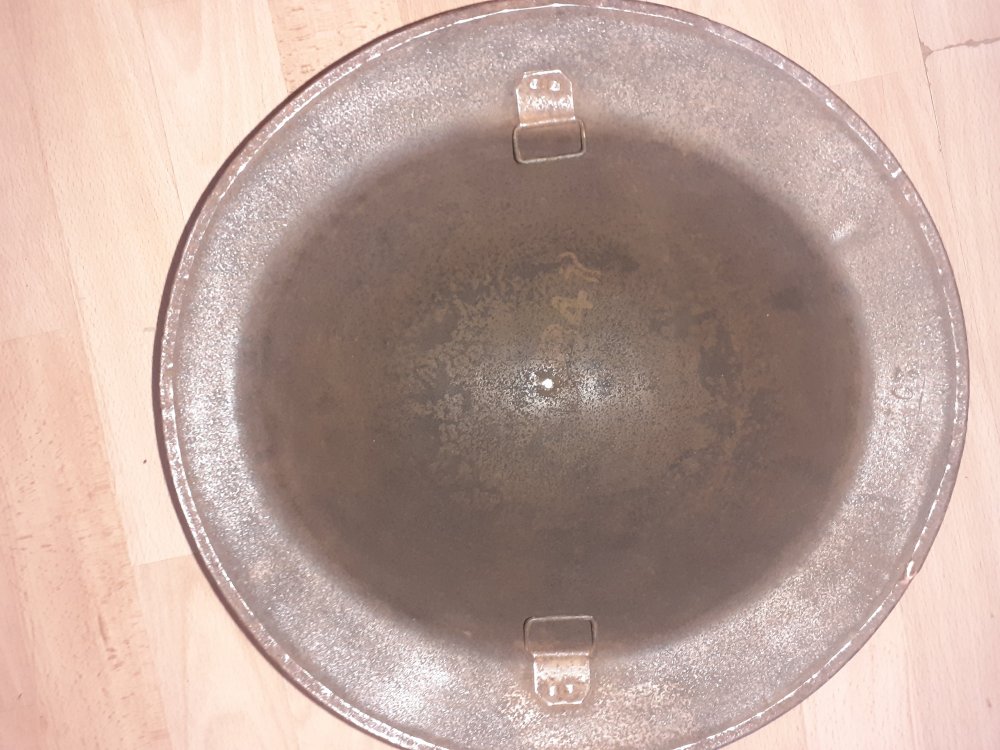
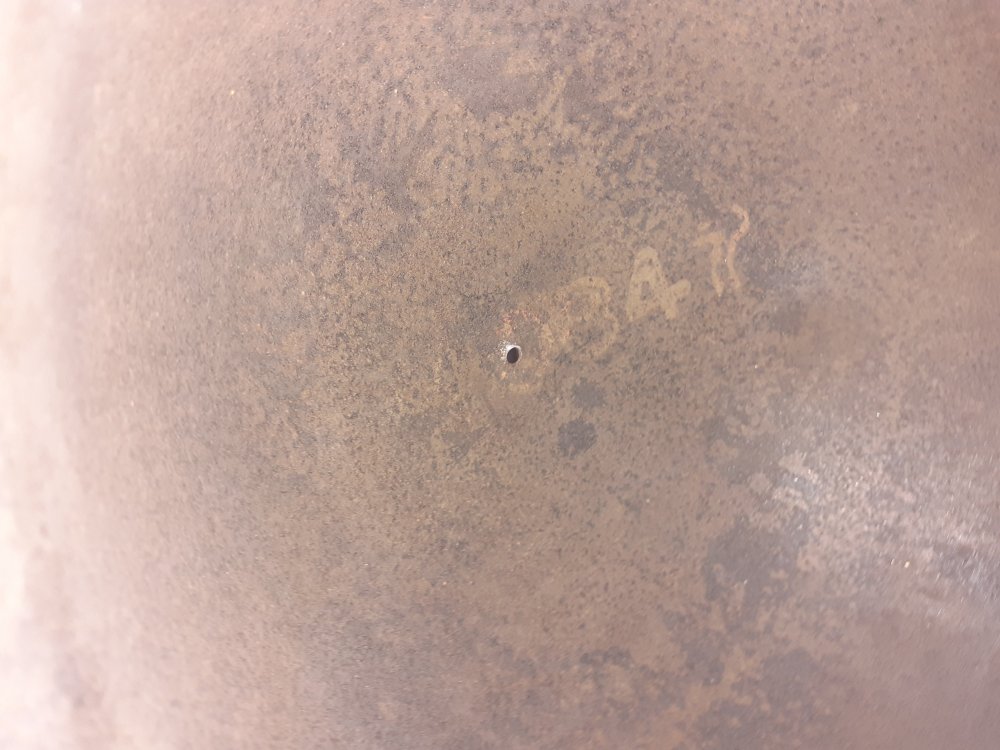
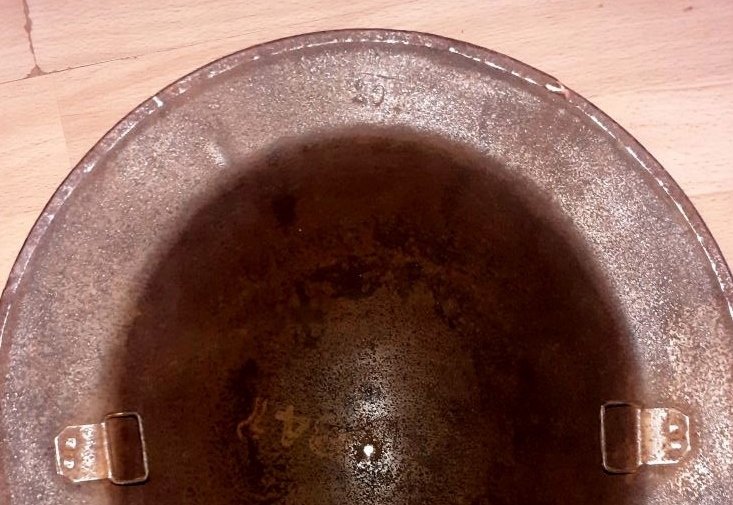
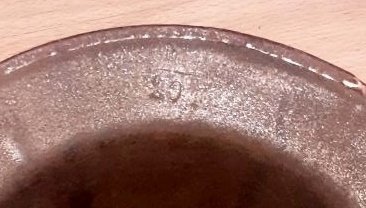

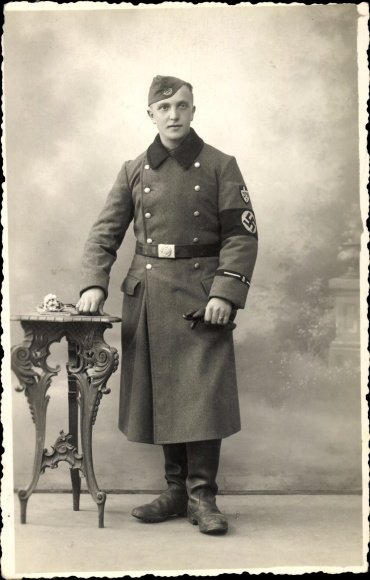
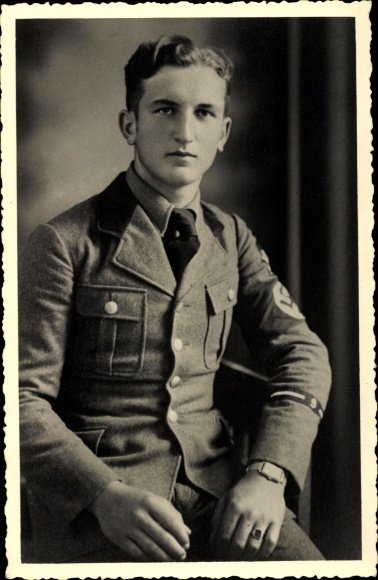
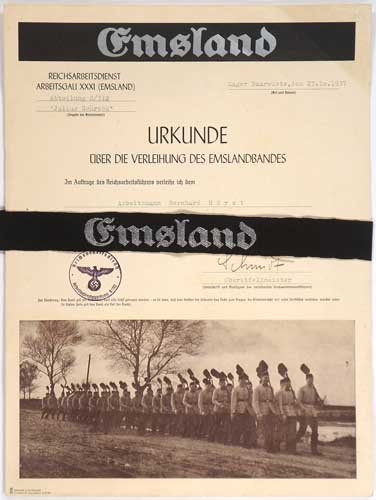
.png.613ee5af2cc38362880a0ac7e409df00.png)
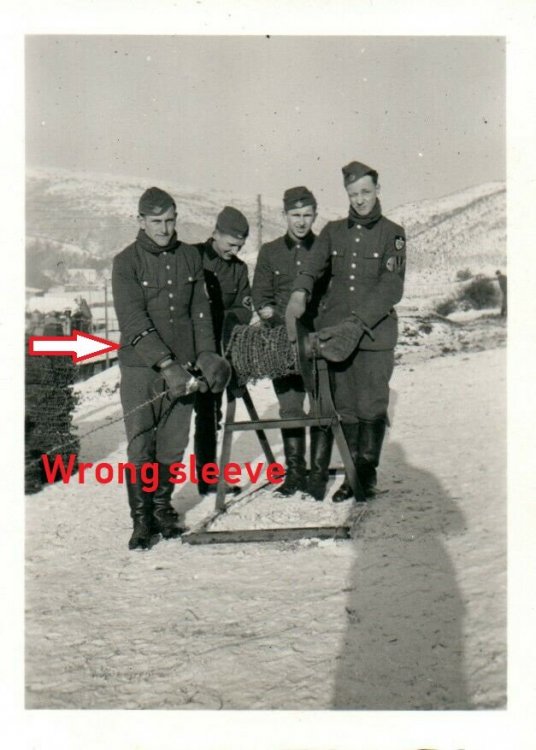
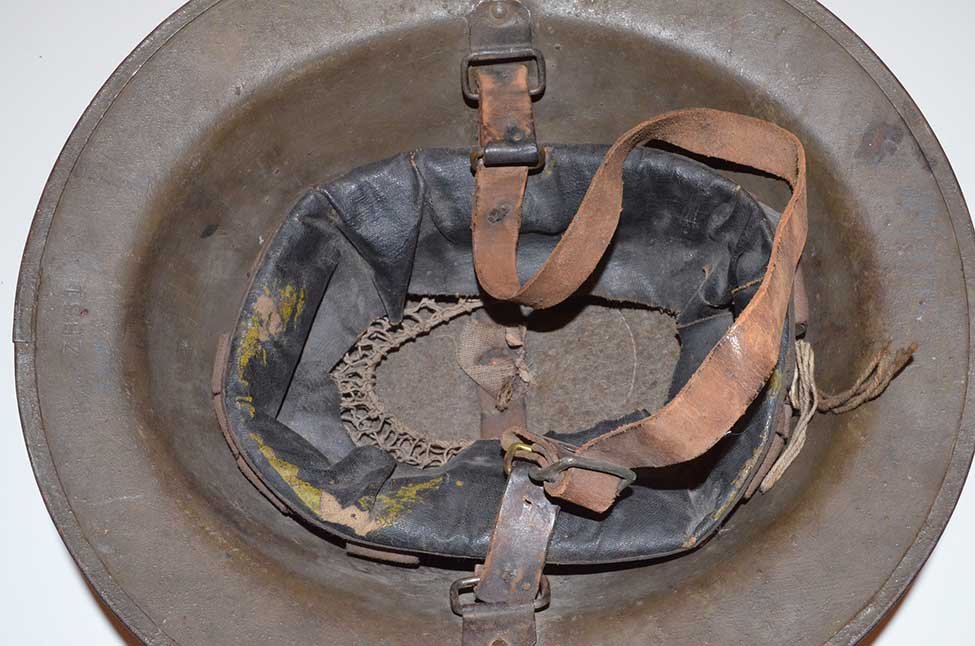
.thumb.jpg.ea26dddae60ab71407fa6ddacfb57c34.jpg)
.thumb.jpg.c26ce4f5816e4665af7abbef5ceb70e9.jpg)
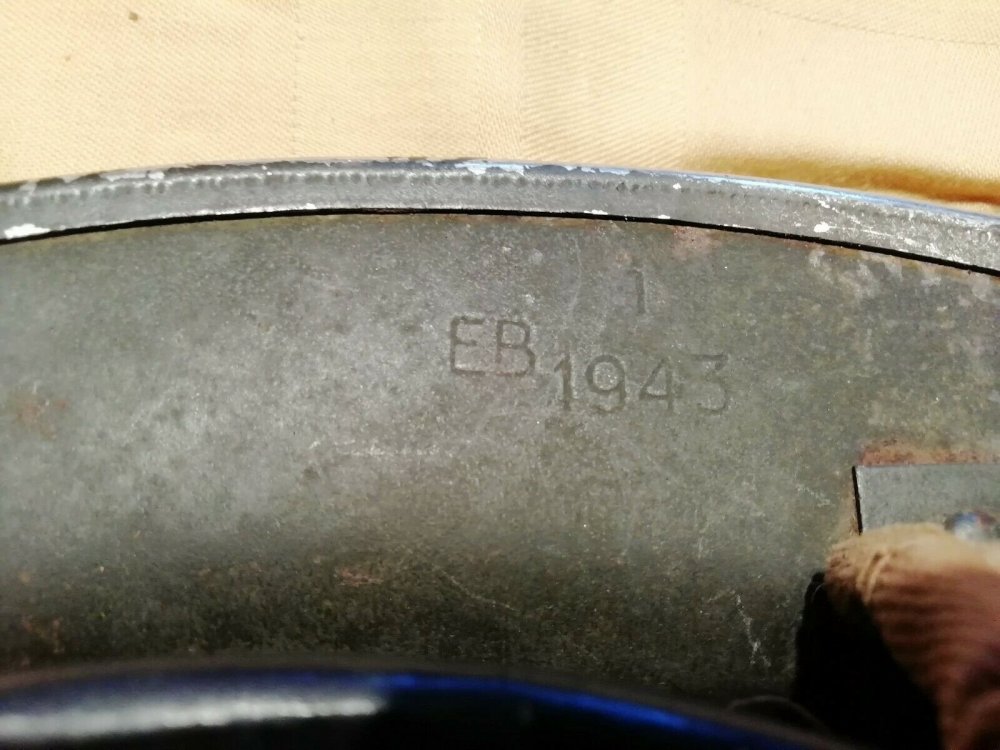
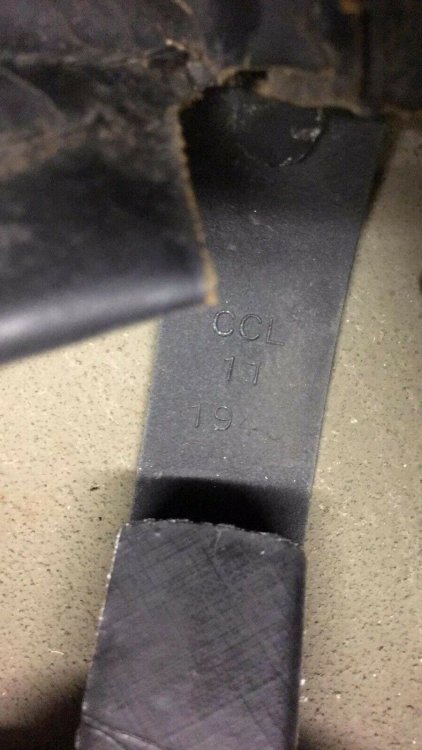
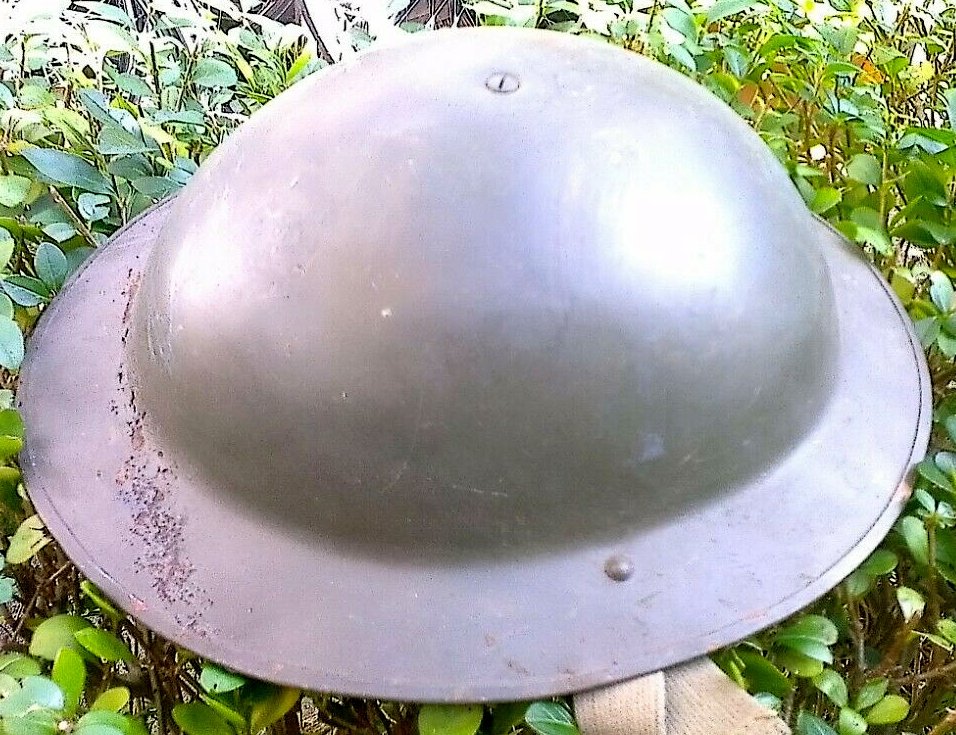
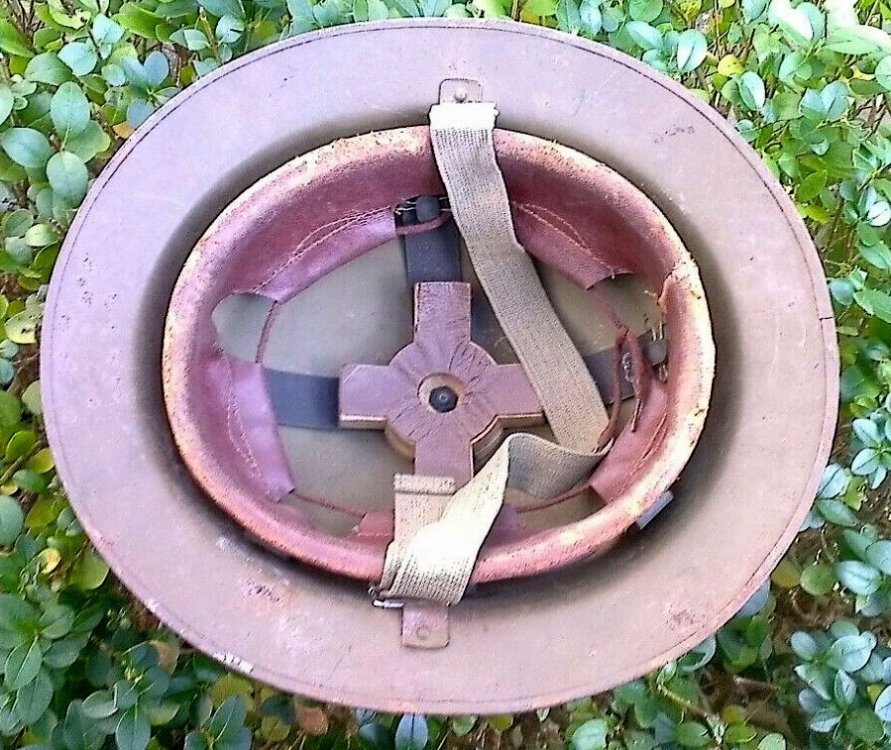
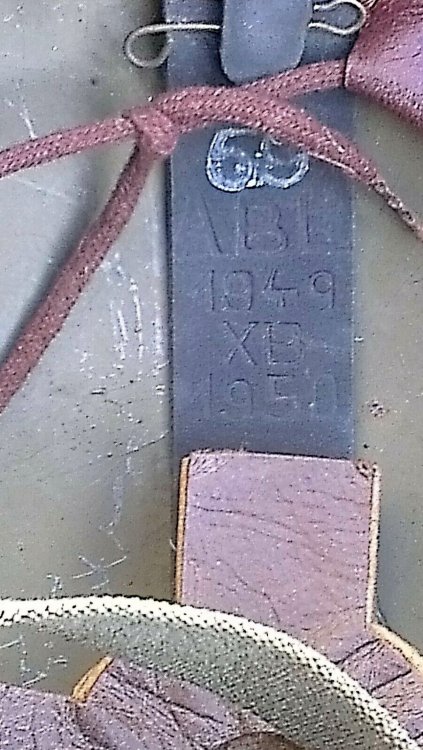
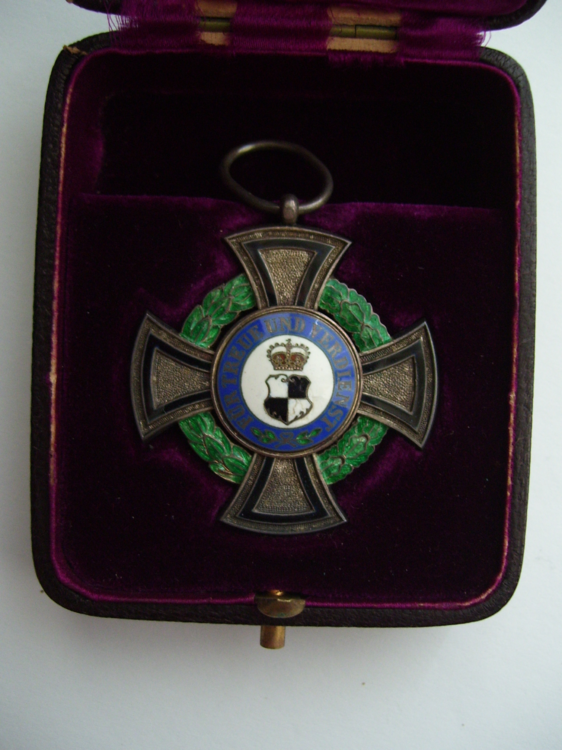
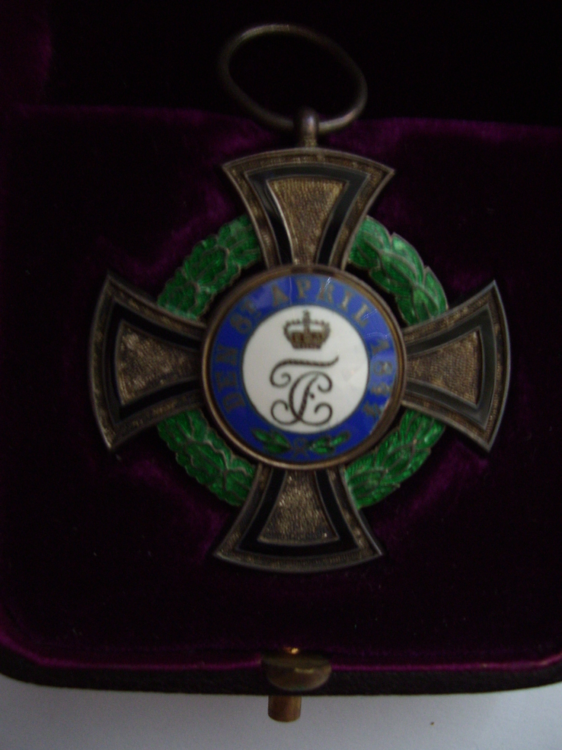
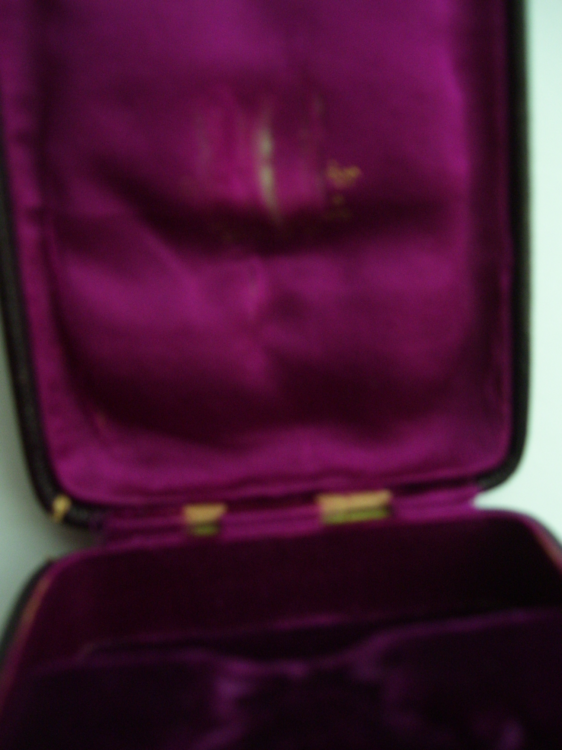
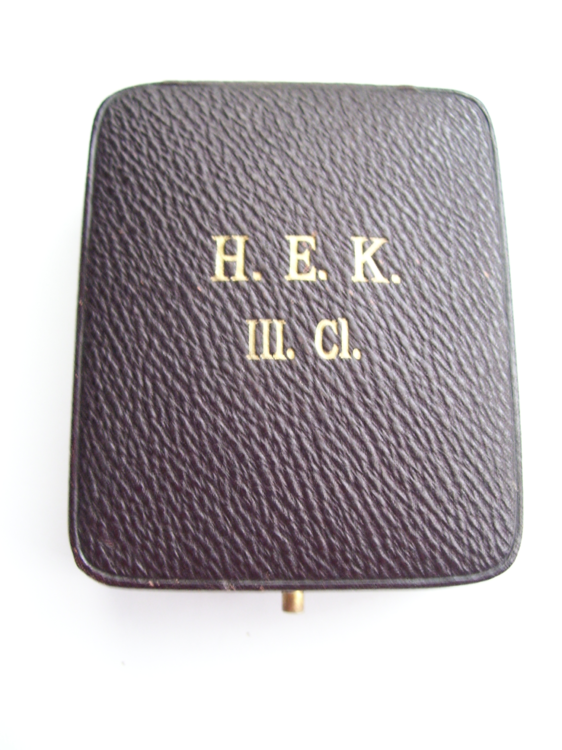

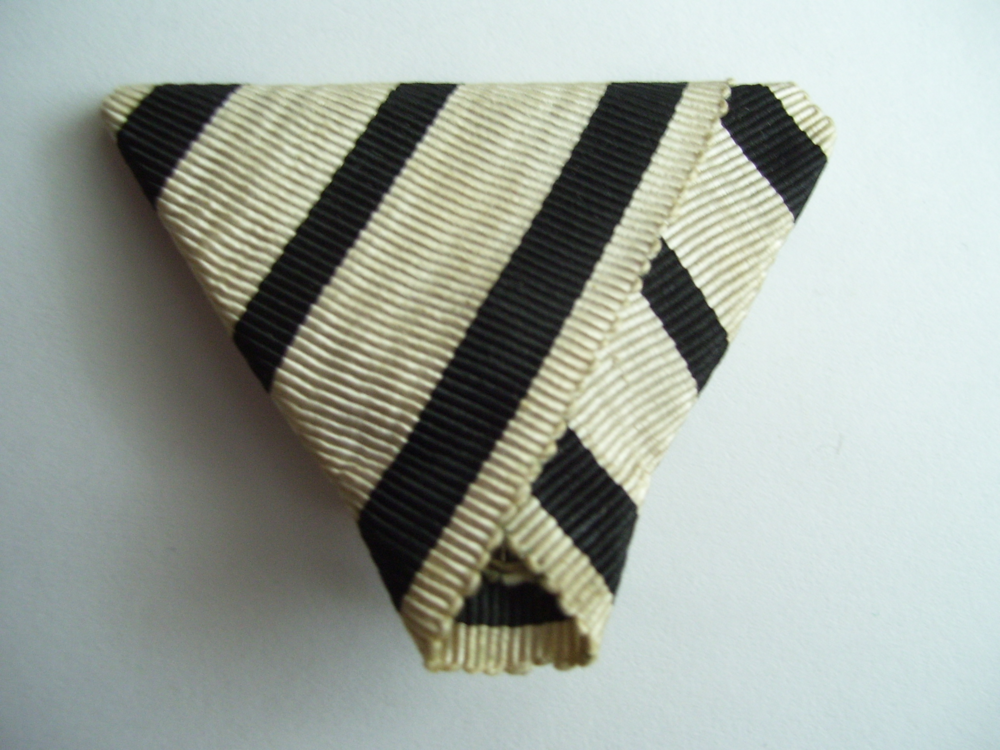
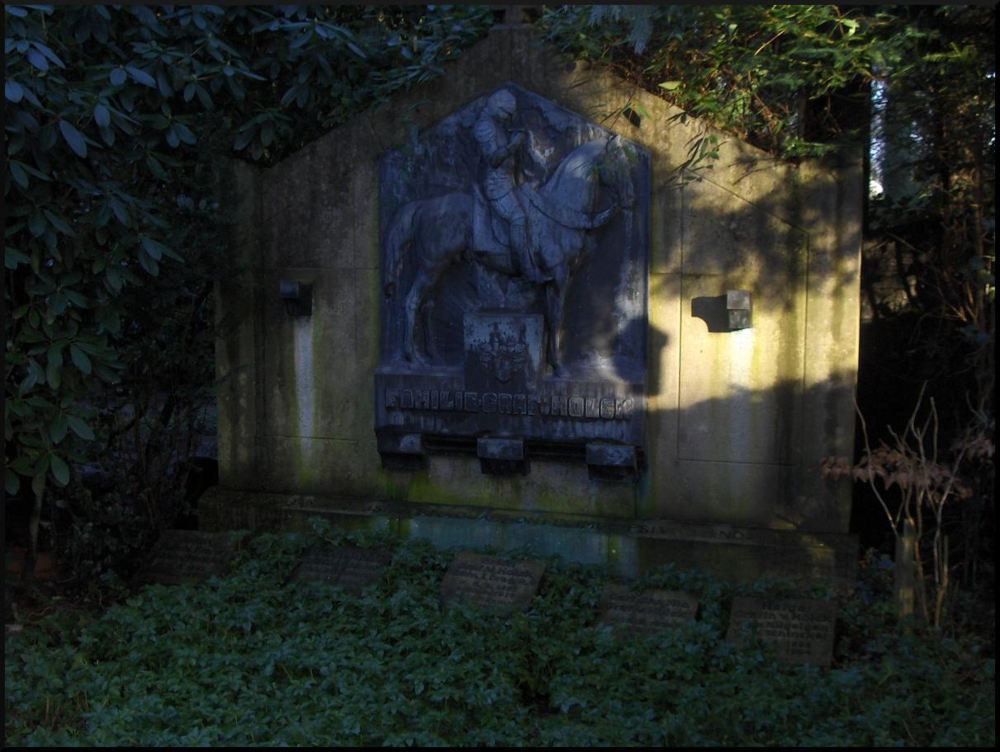
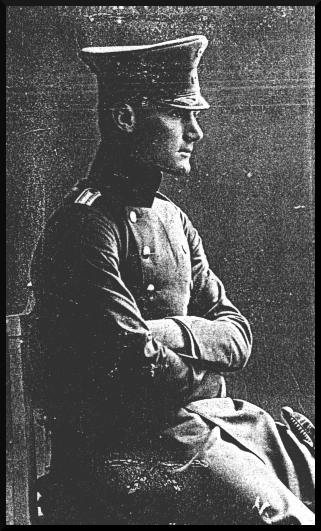
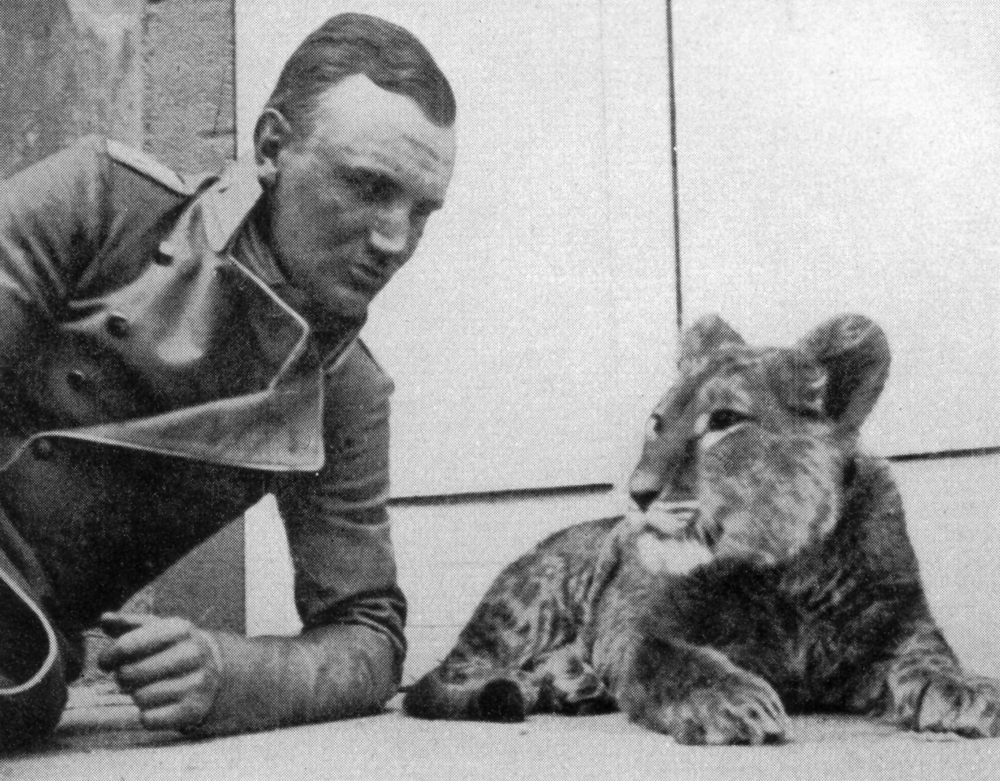
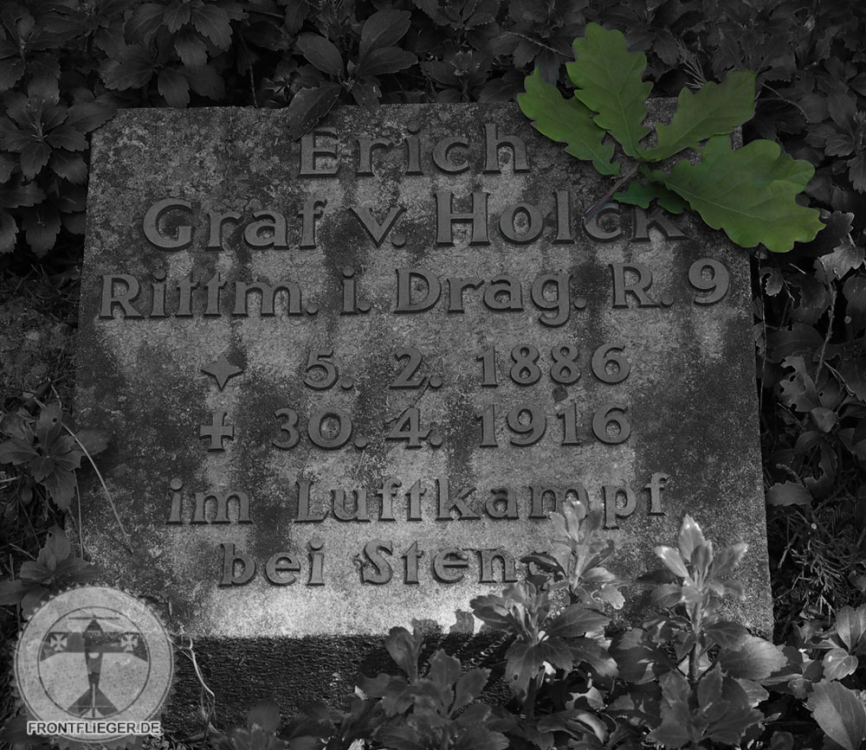
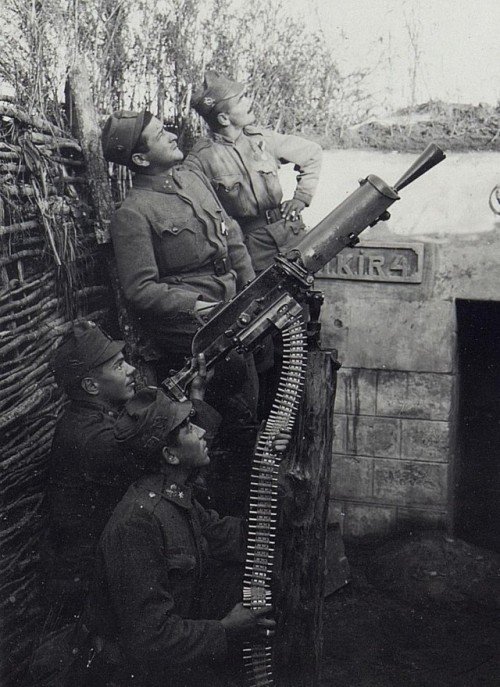
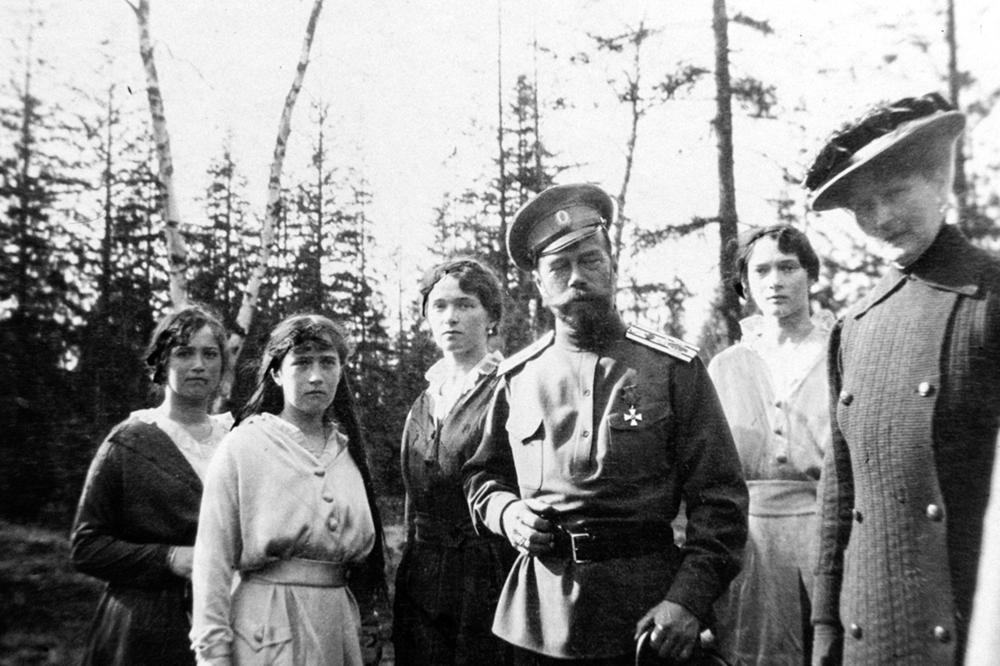
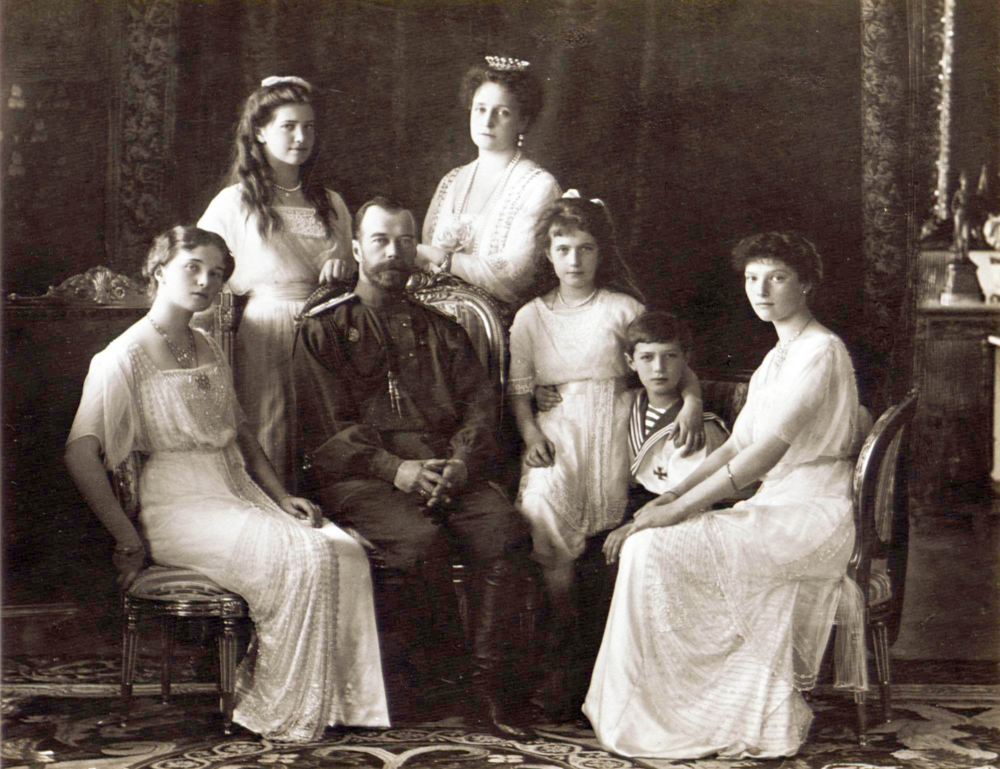
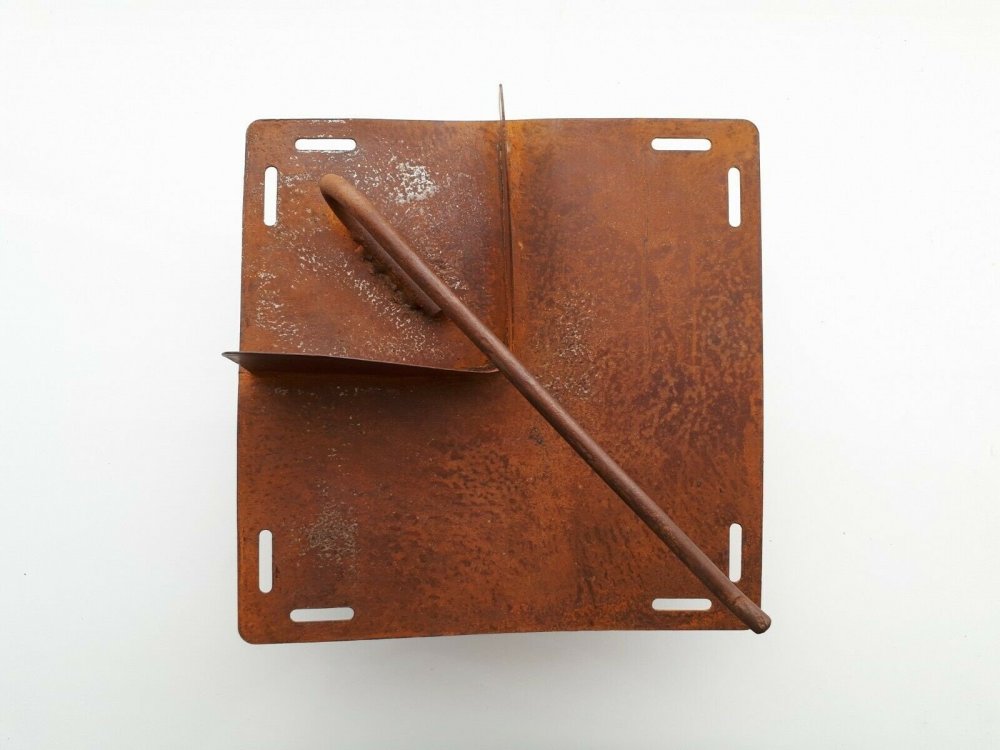
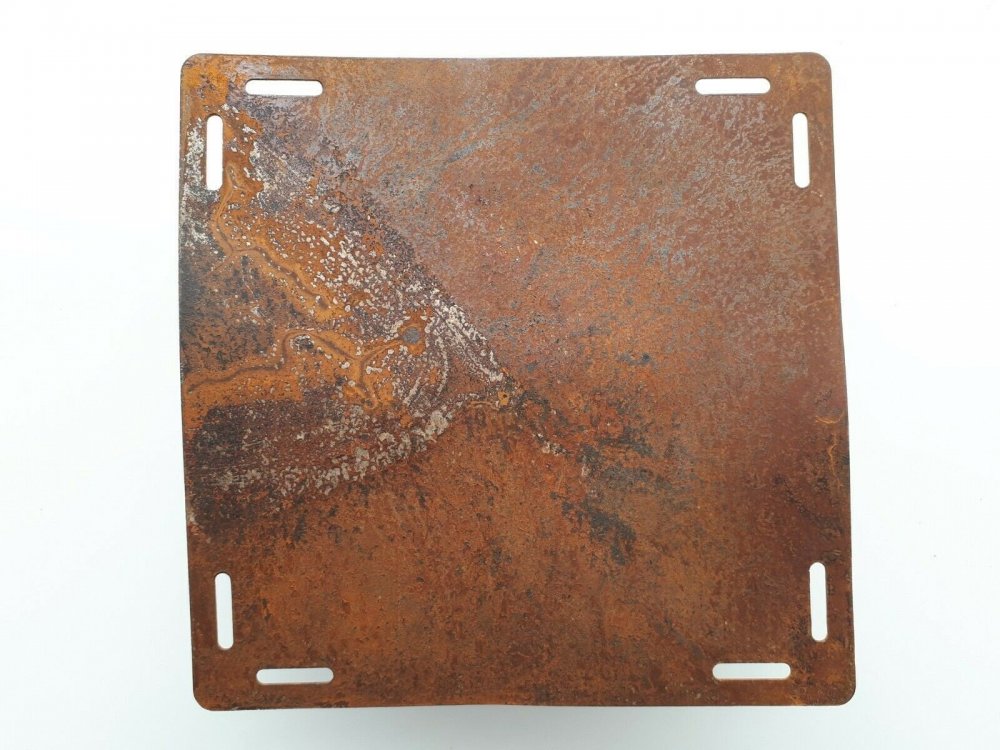
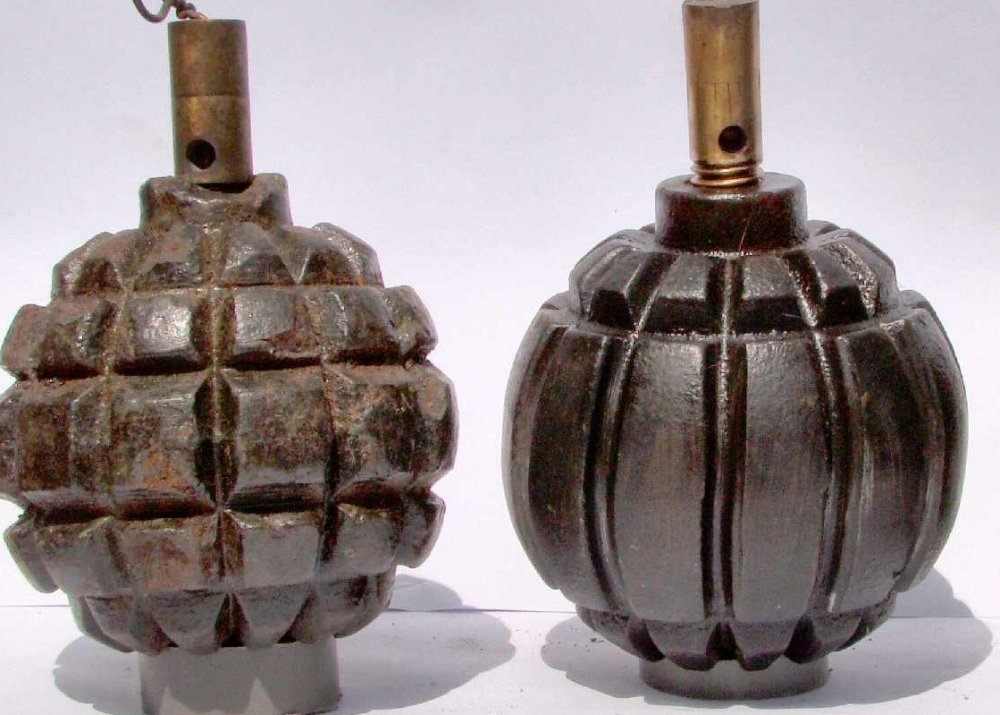
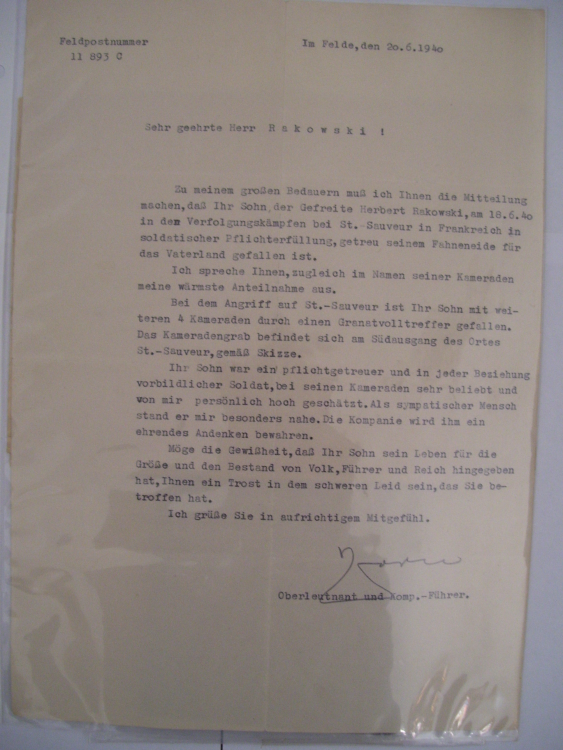
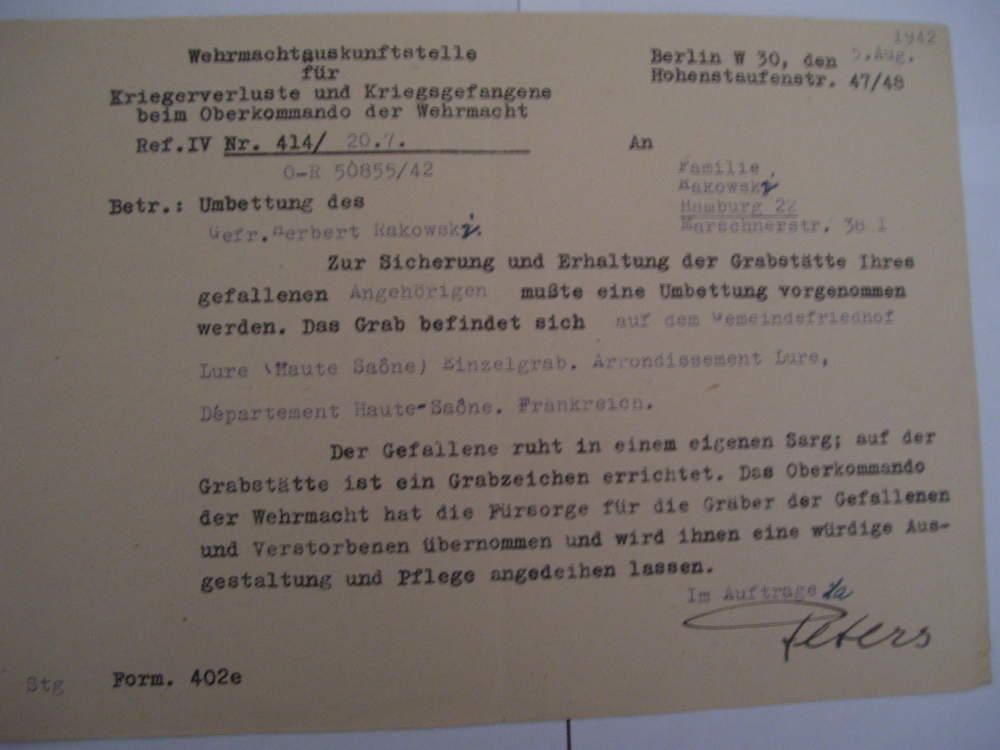
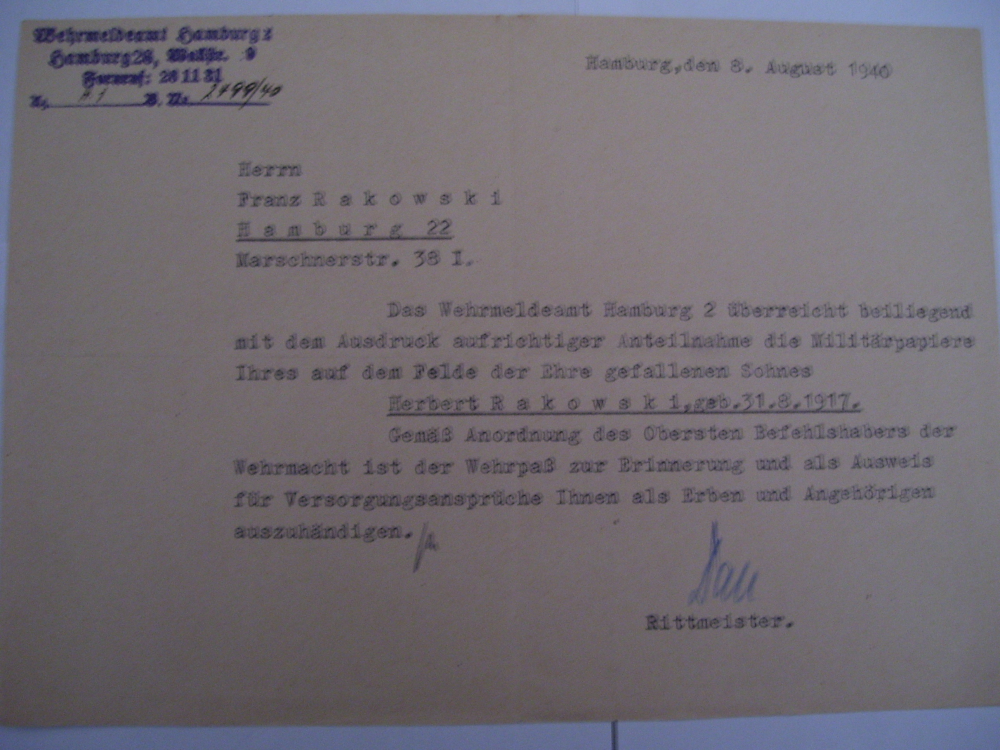
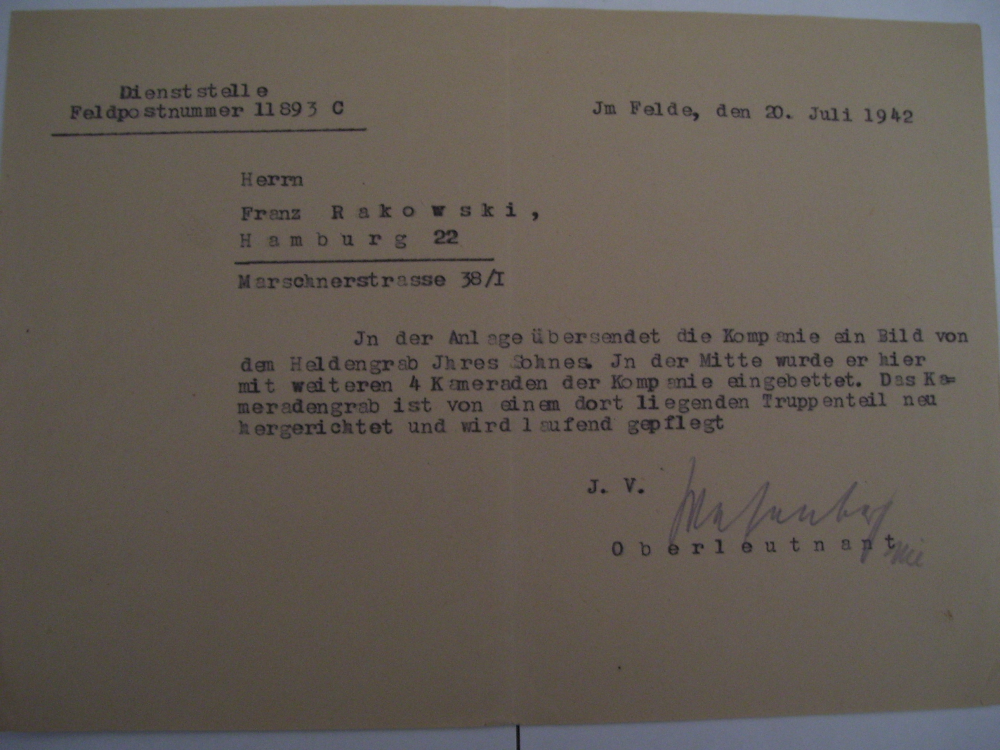
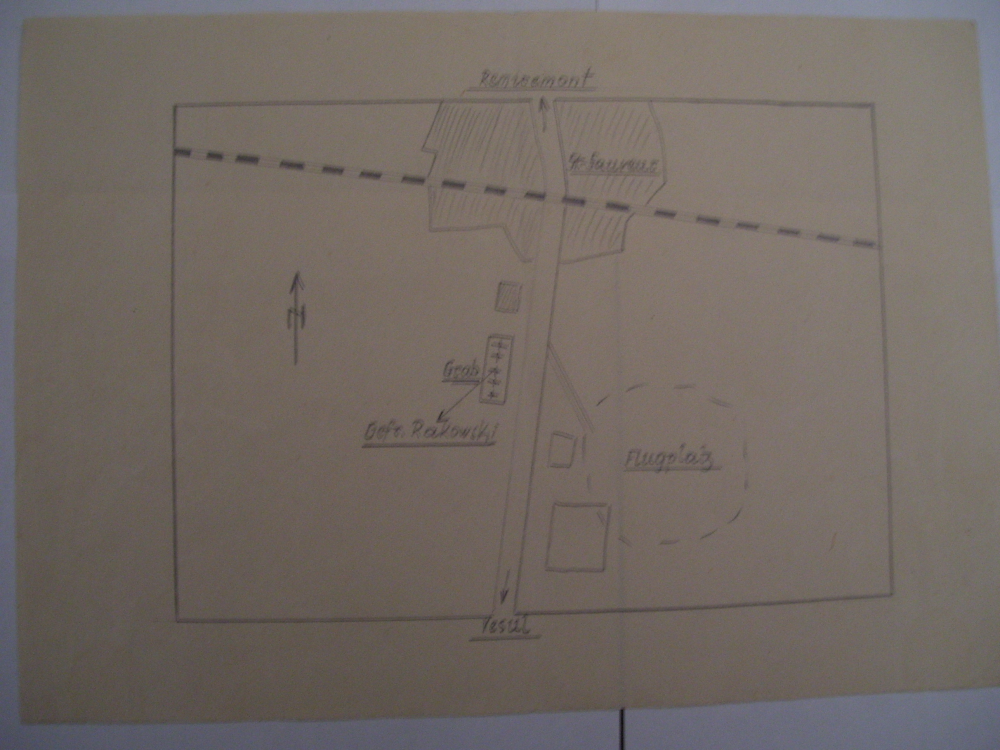
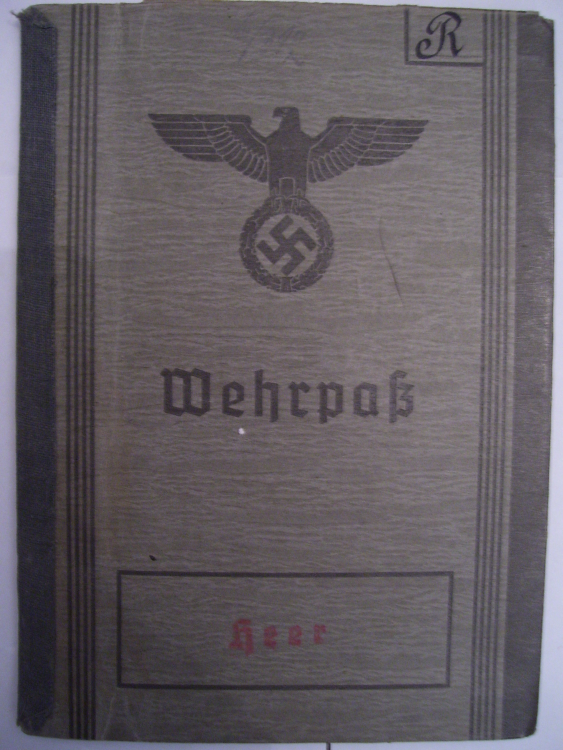
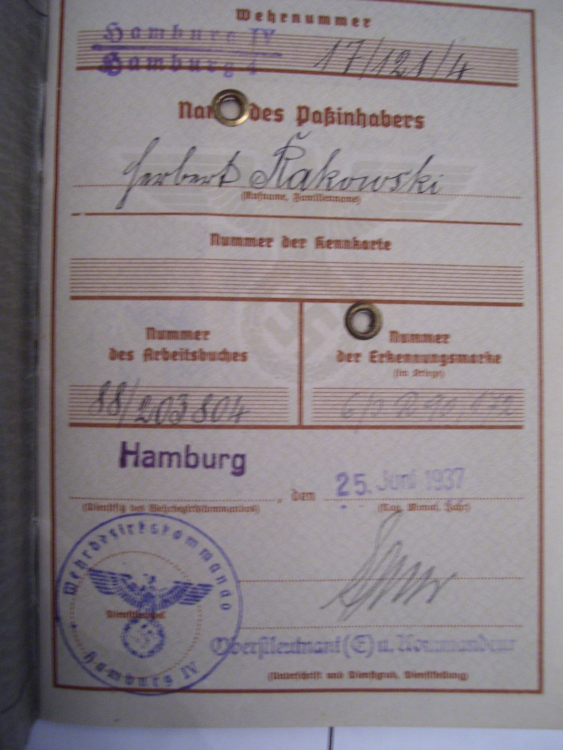
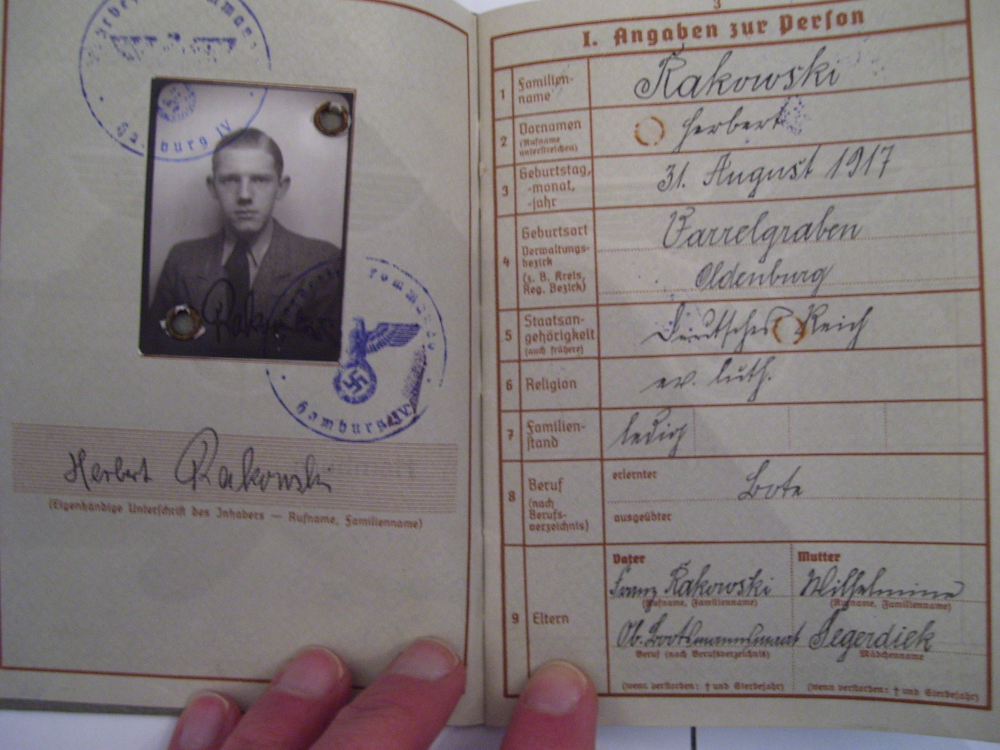
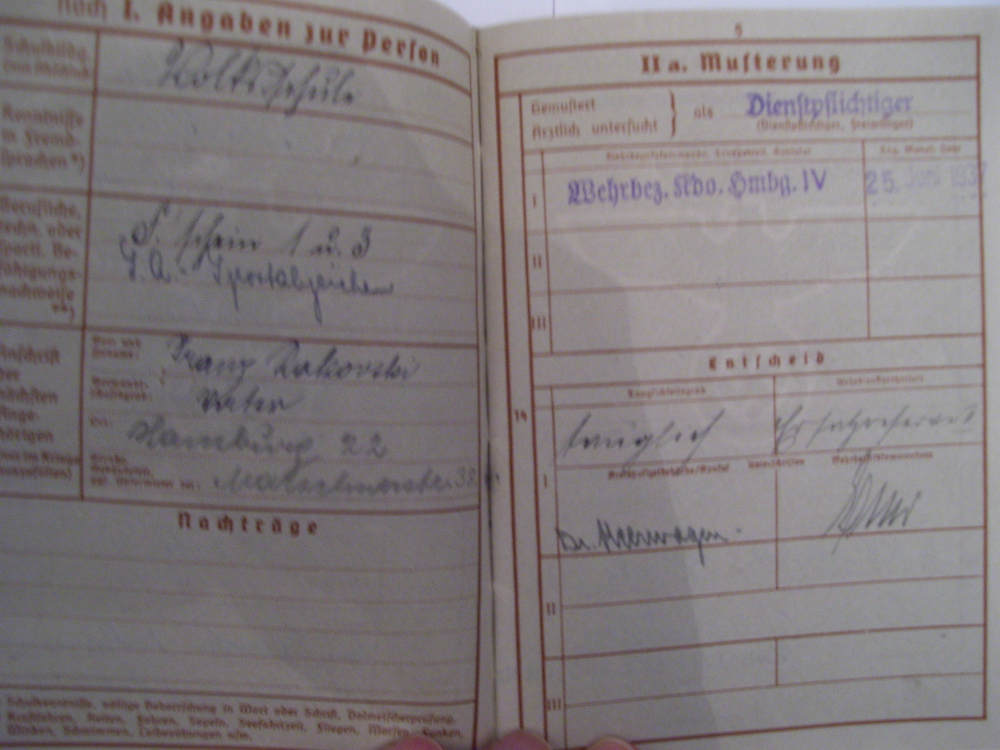
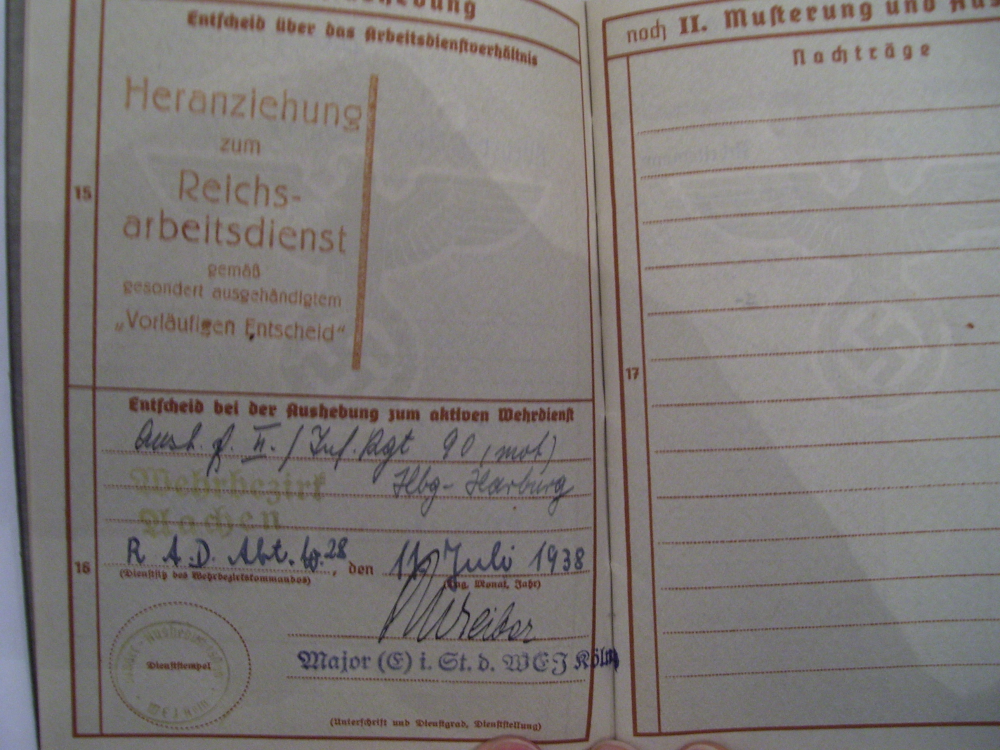
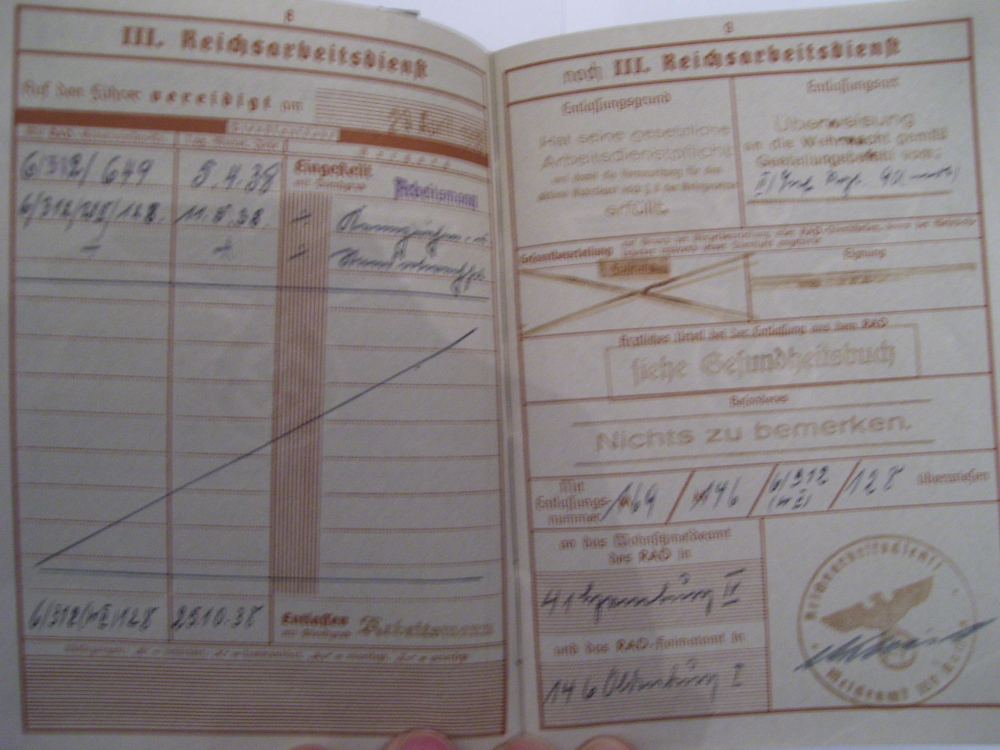
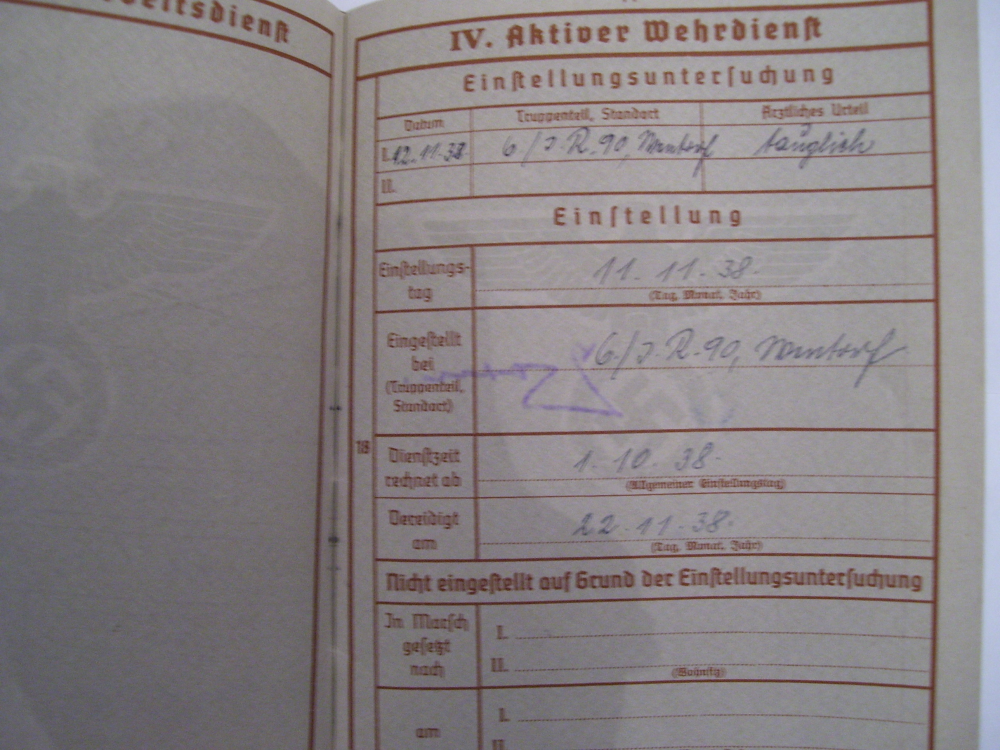
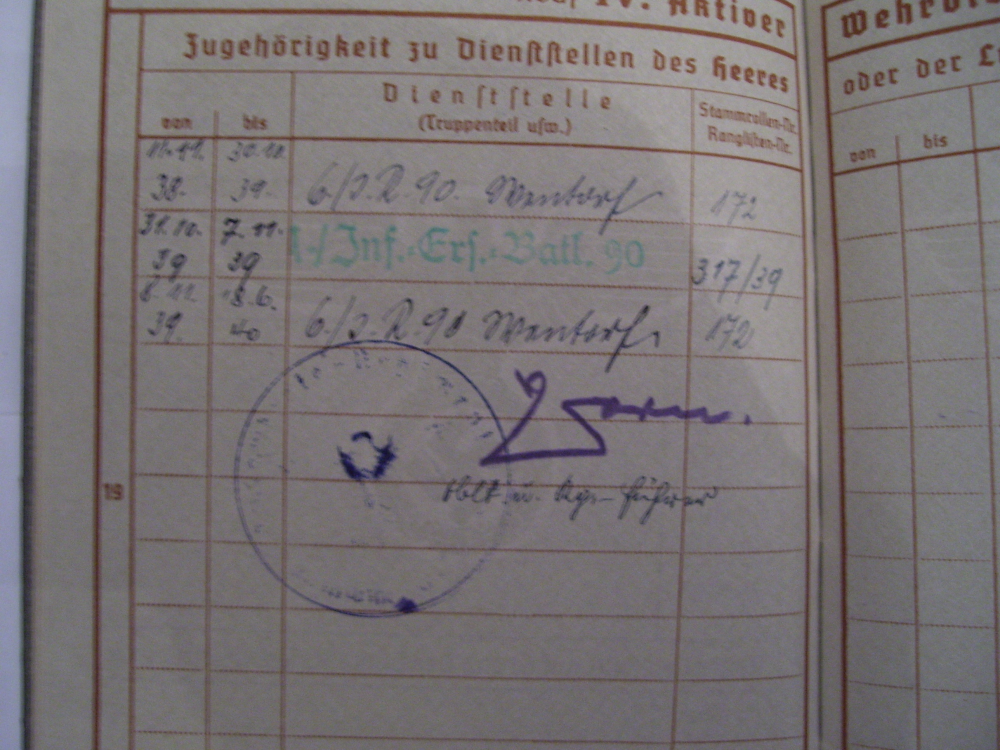
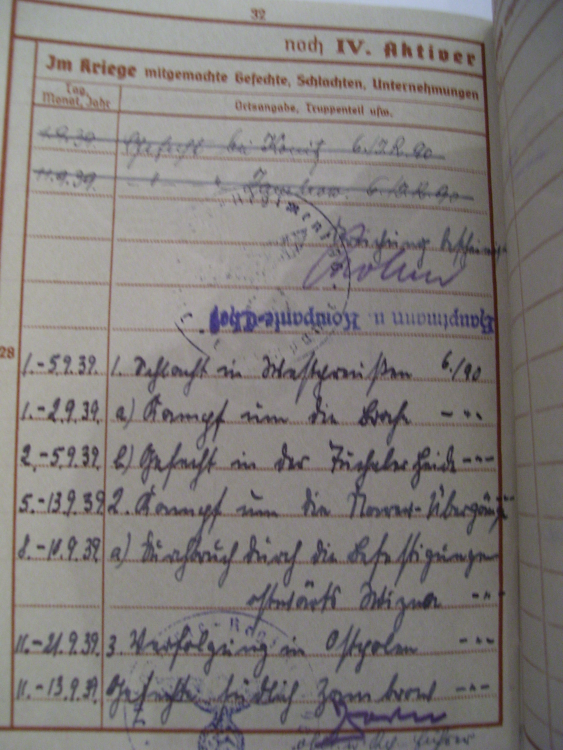
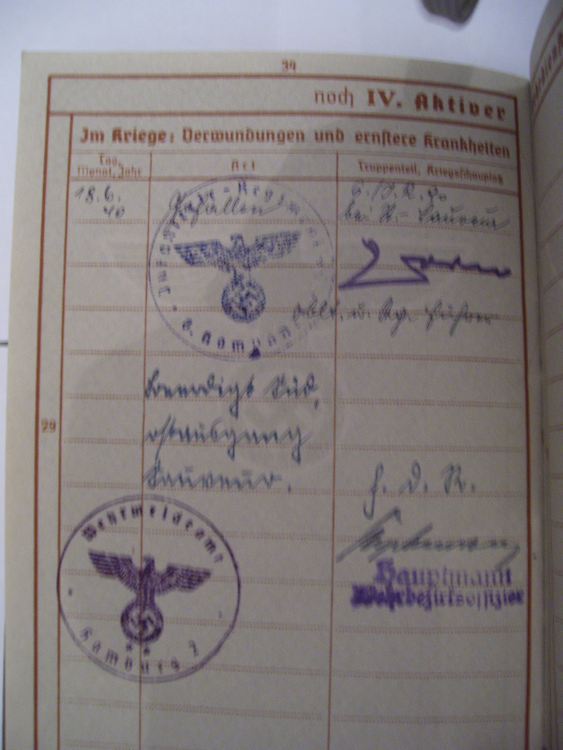
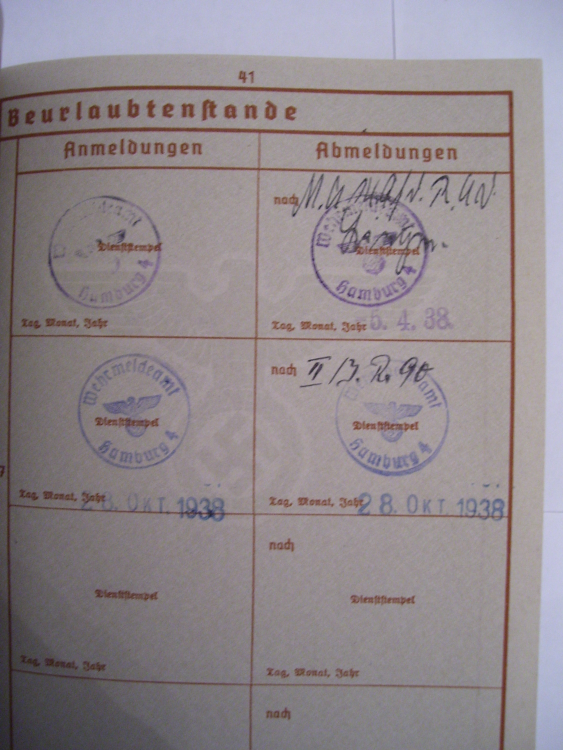
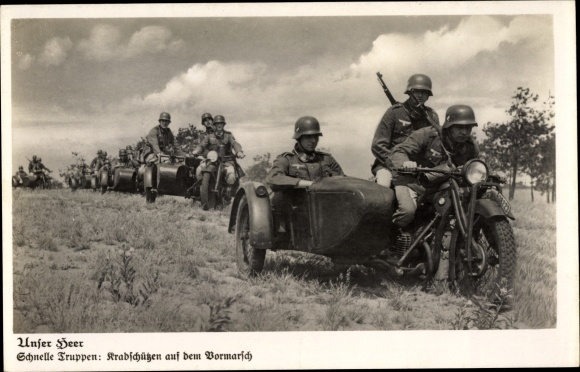
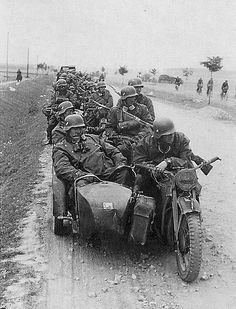
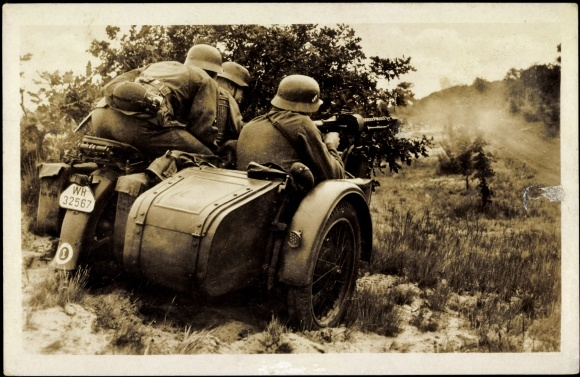
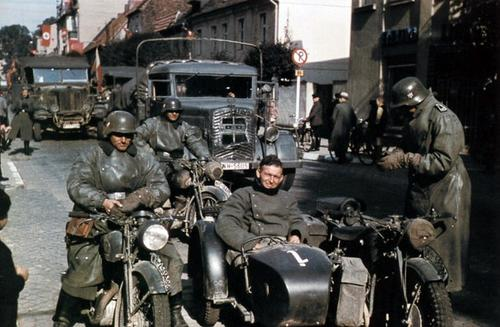
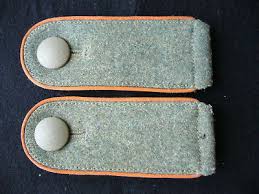
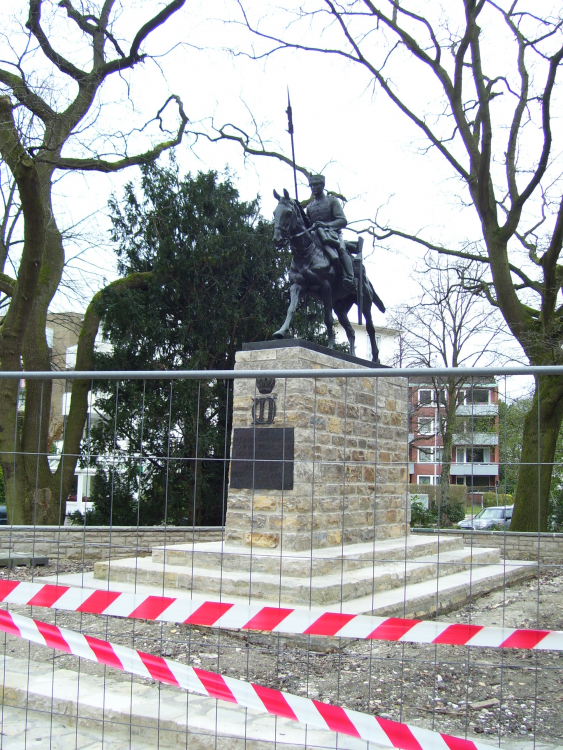
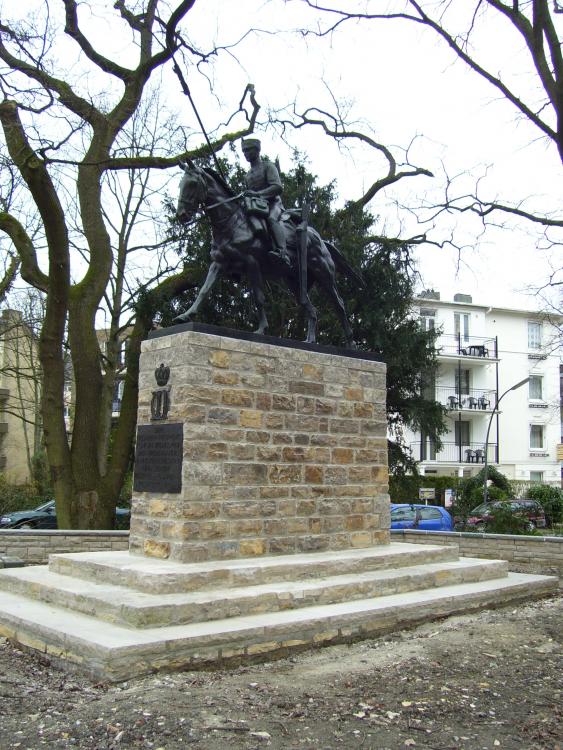
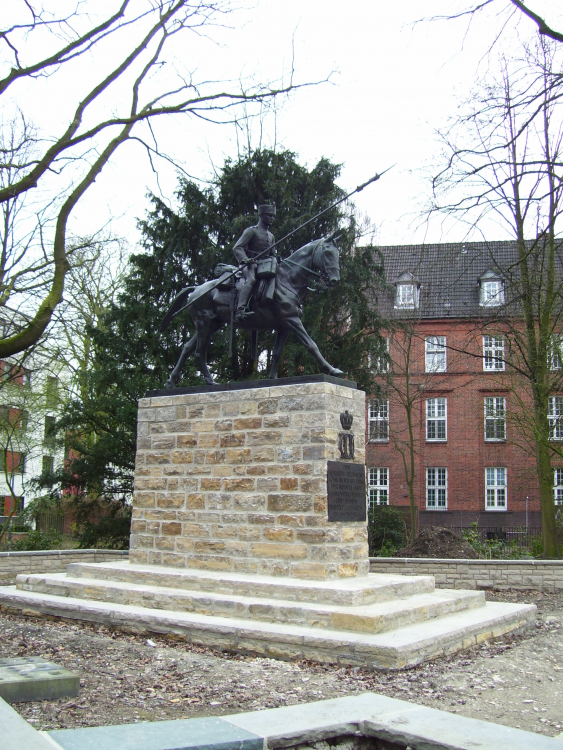
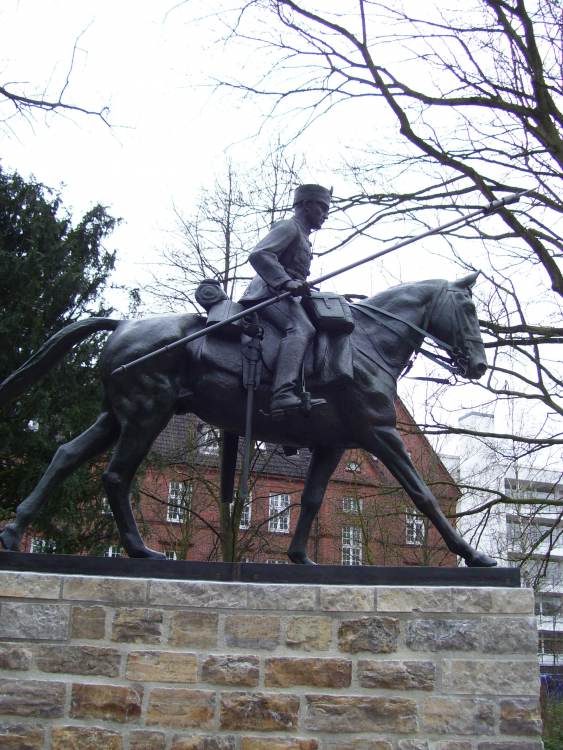
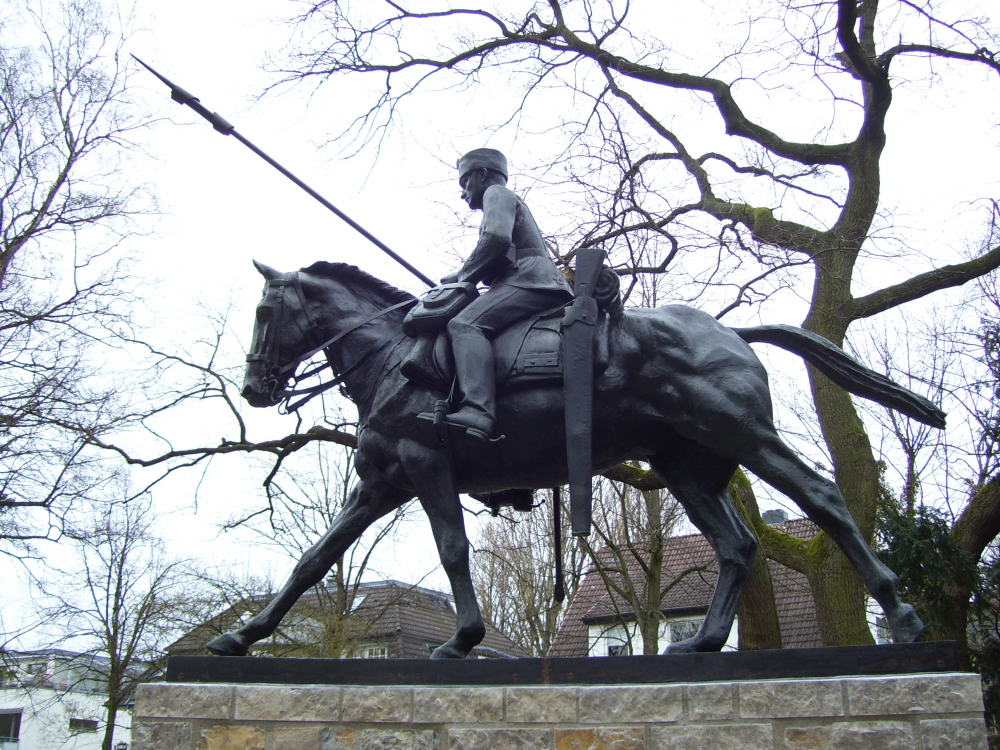
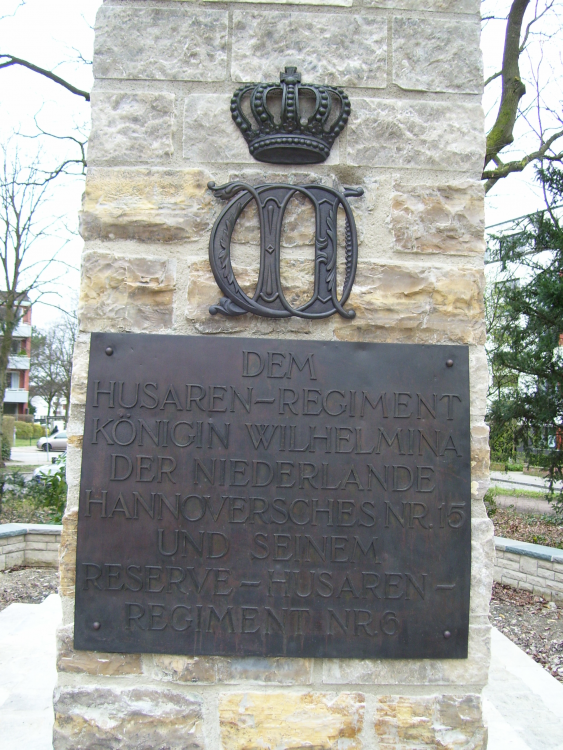
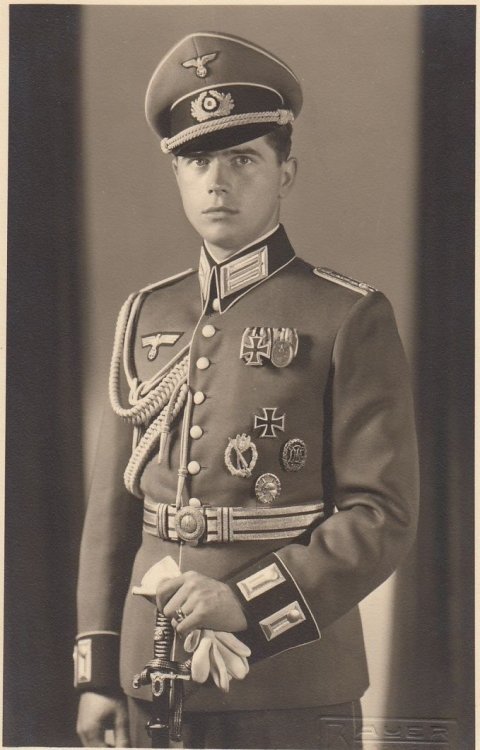
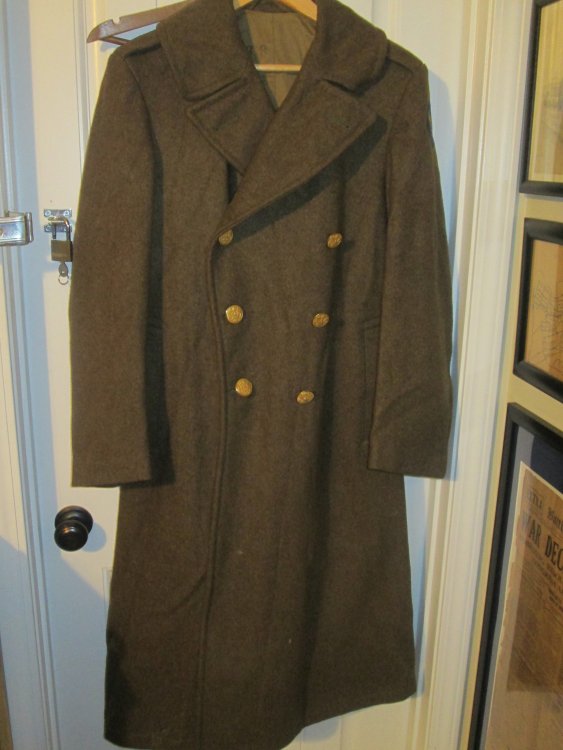
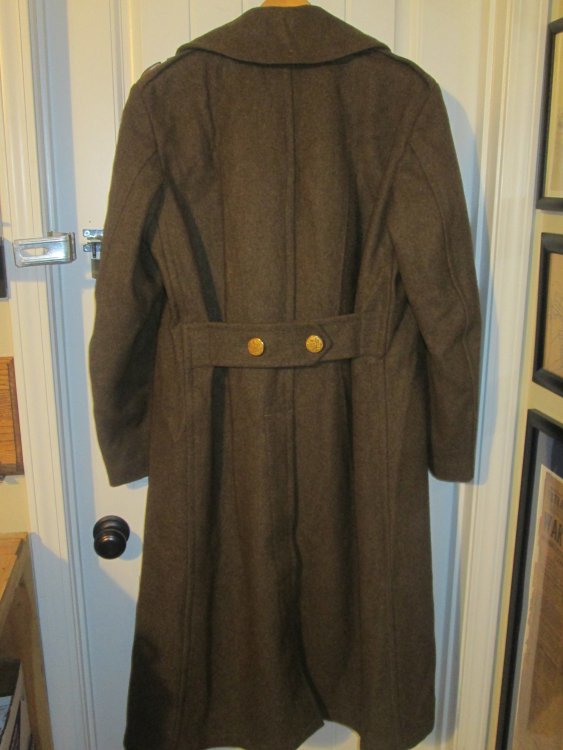
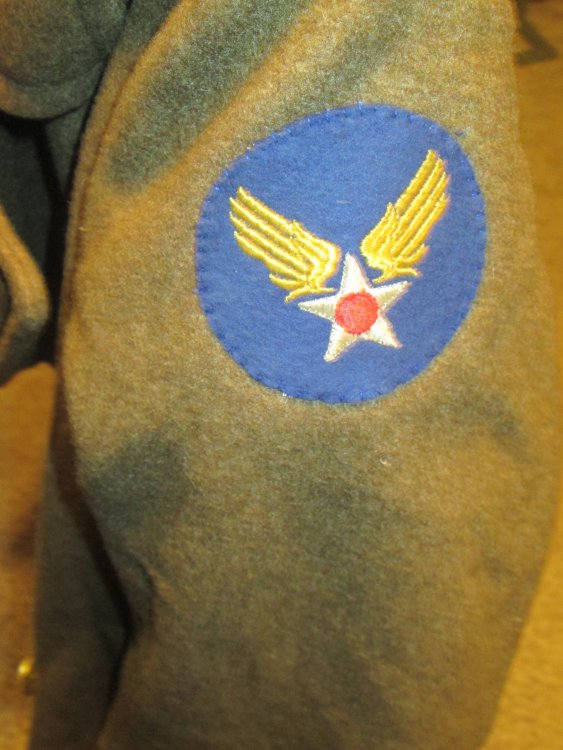
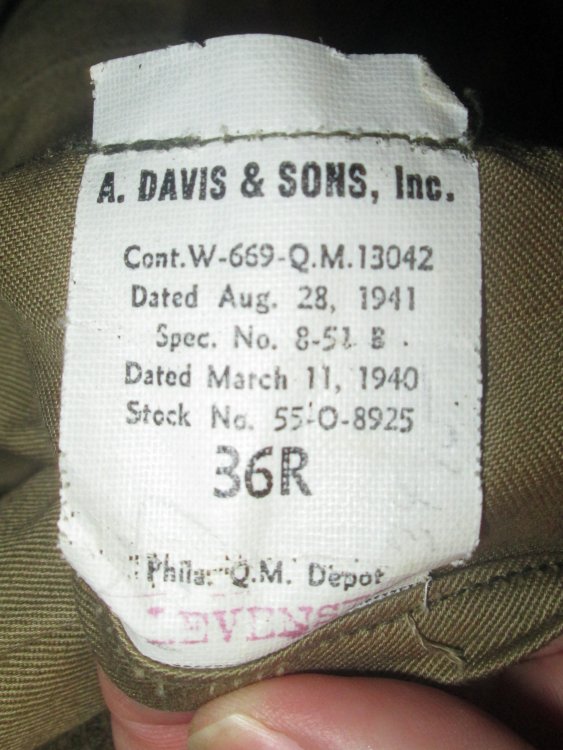
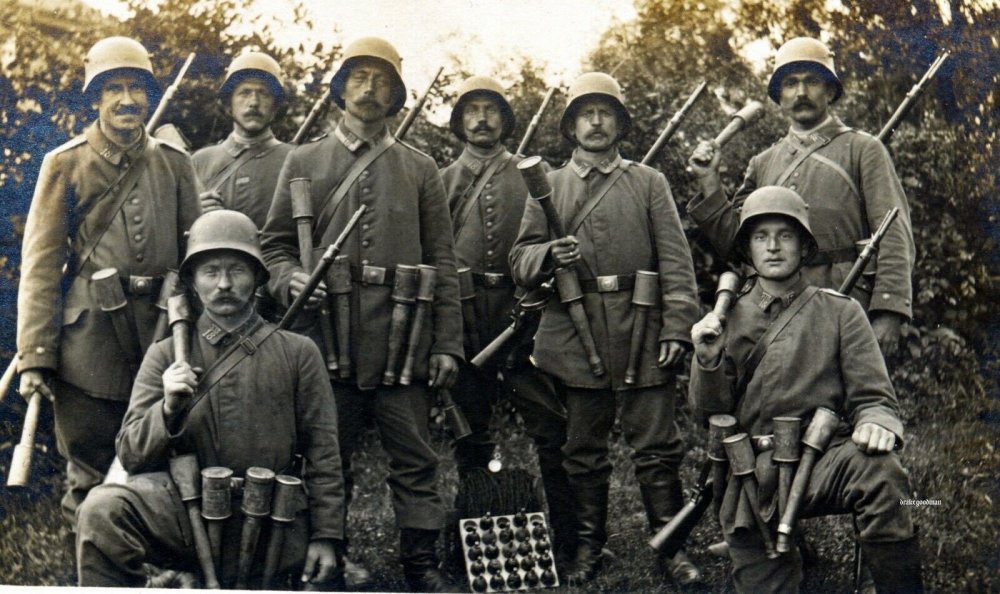

.jpg.c8b63424cf89de8d94683e29deac0fdd.jpg)
